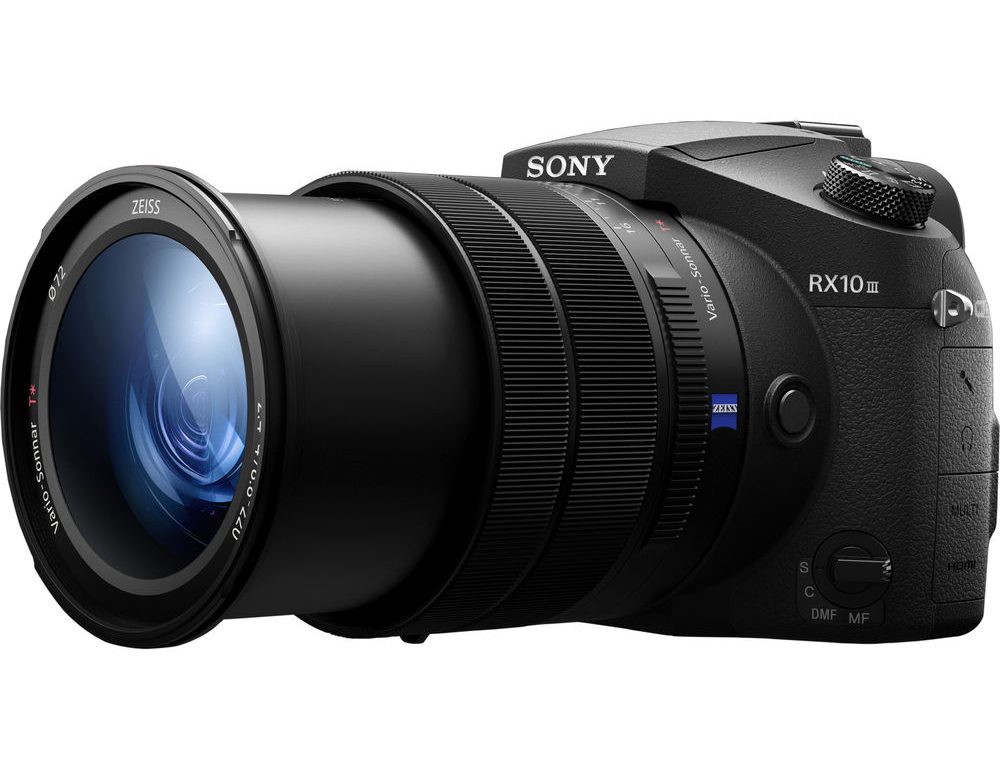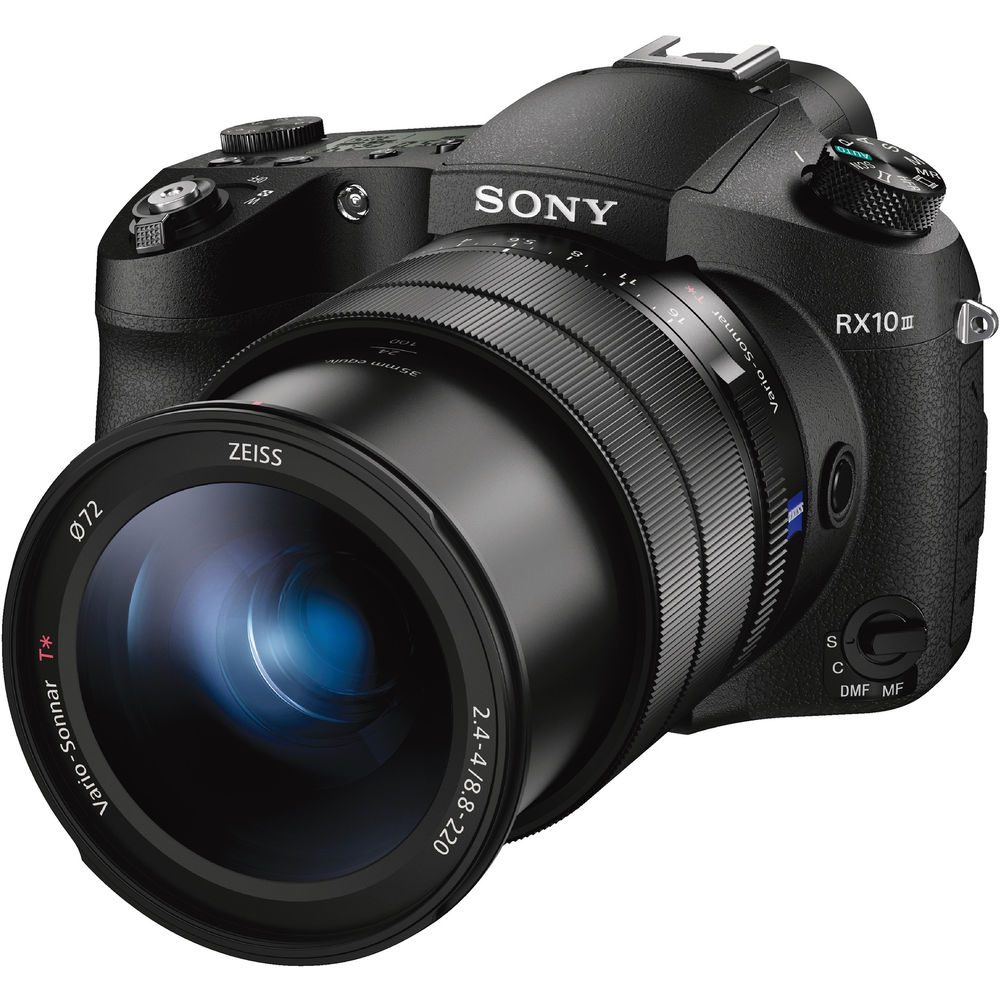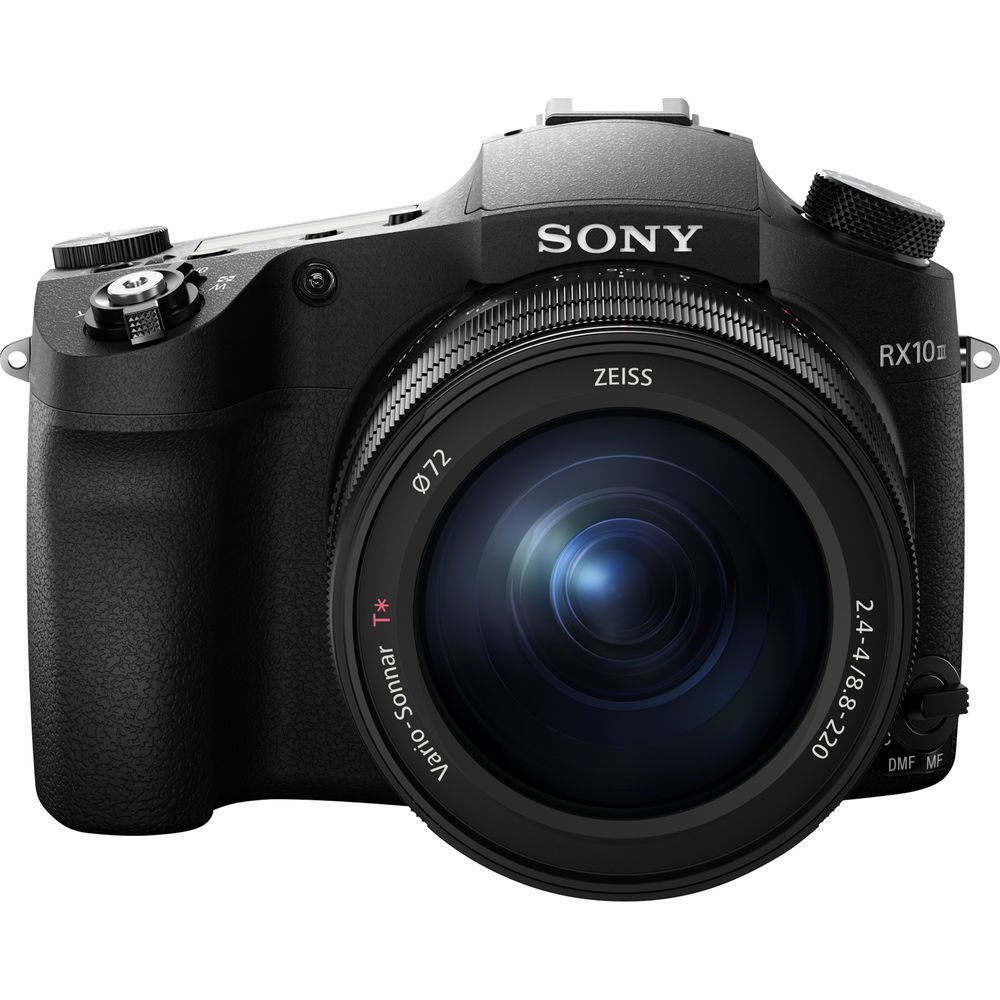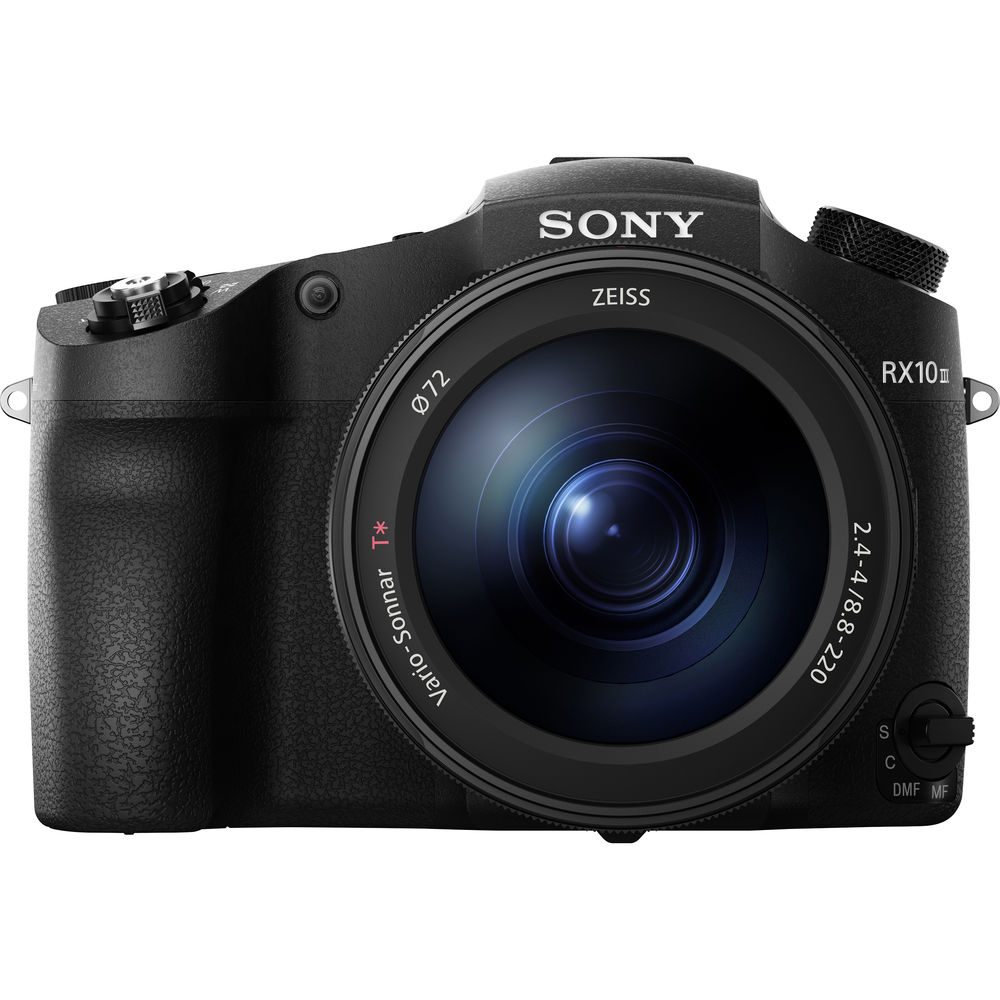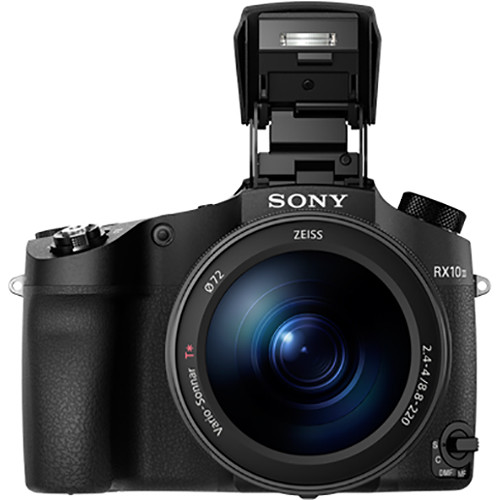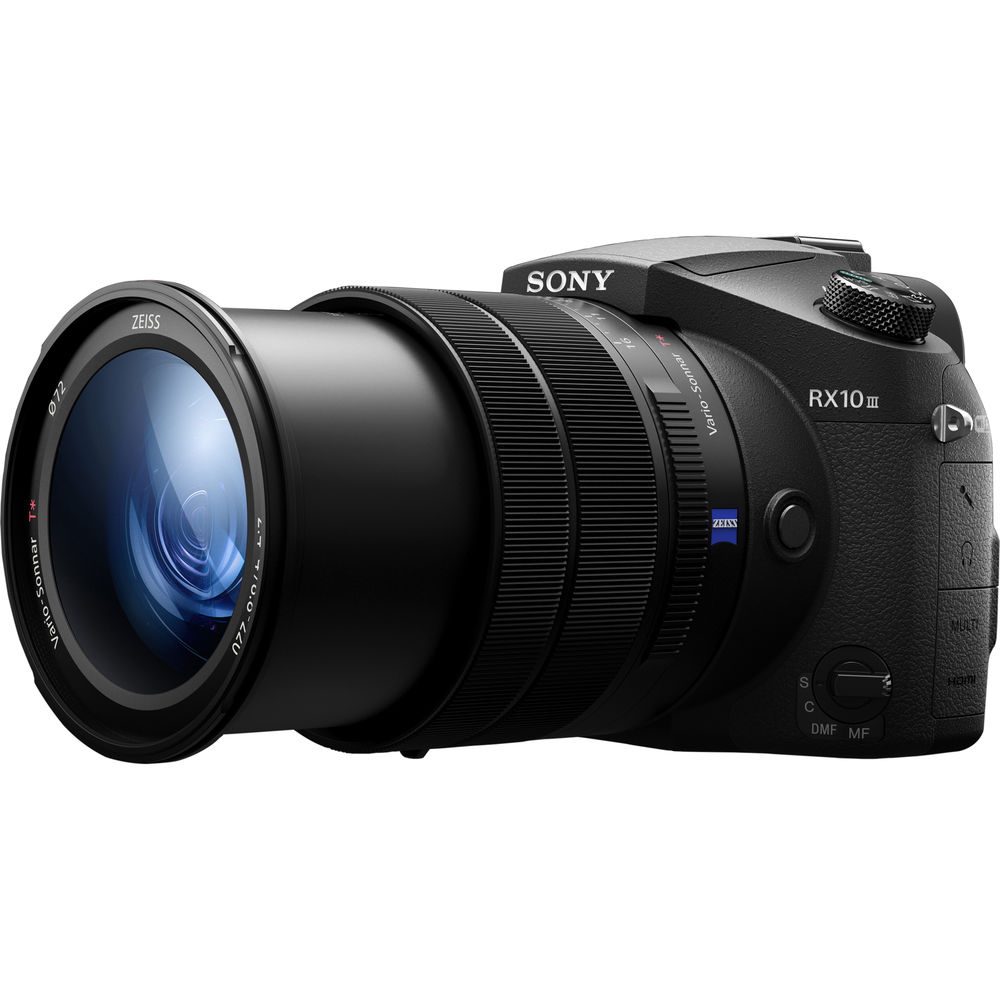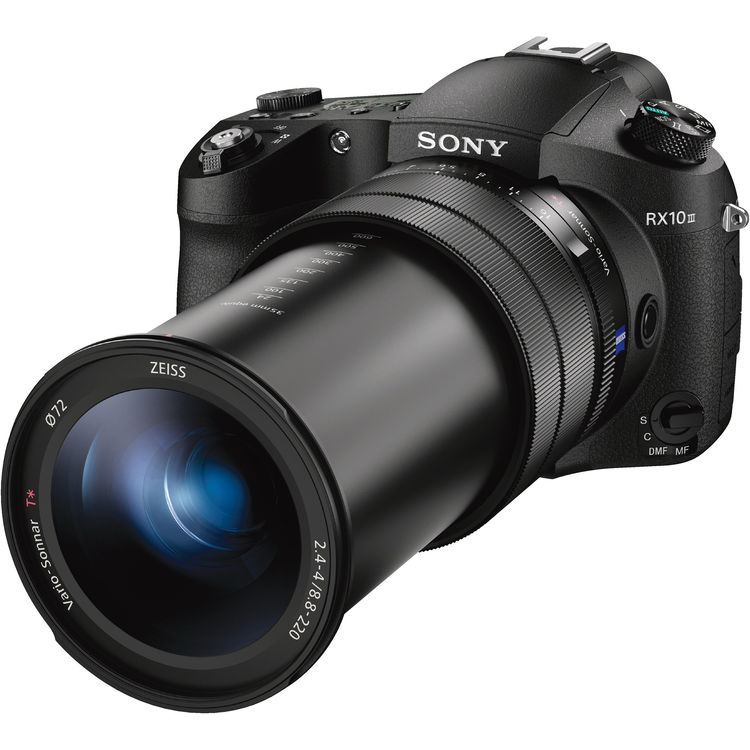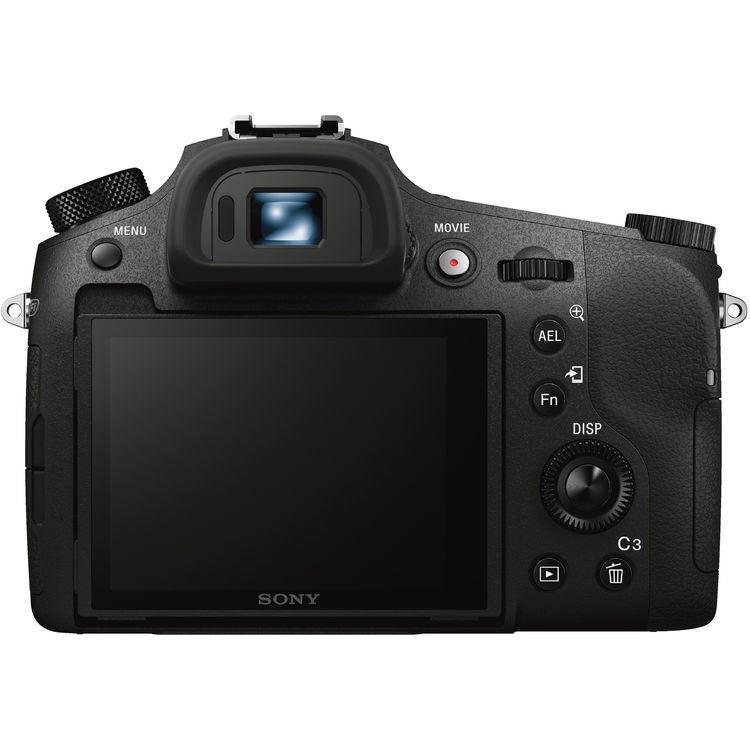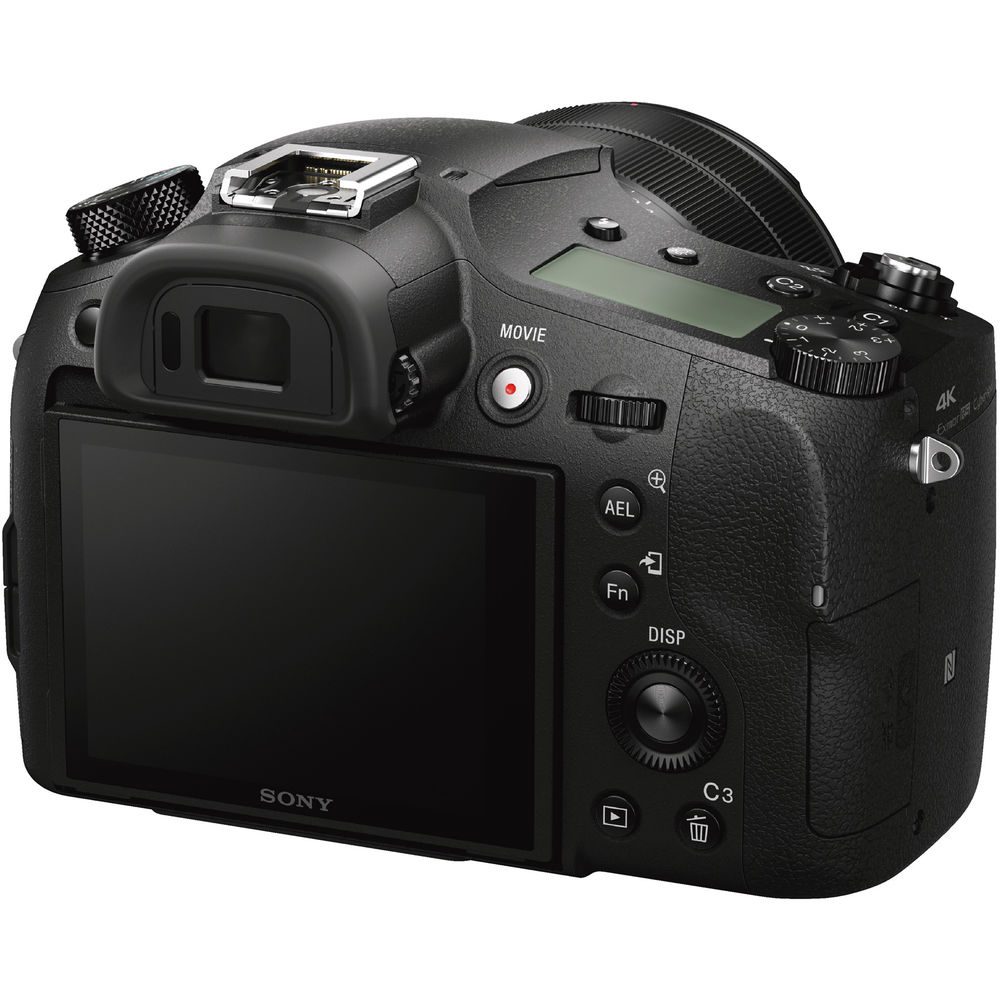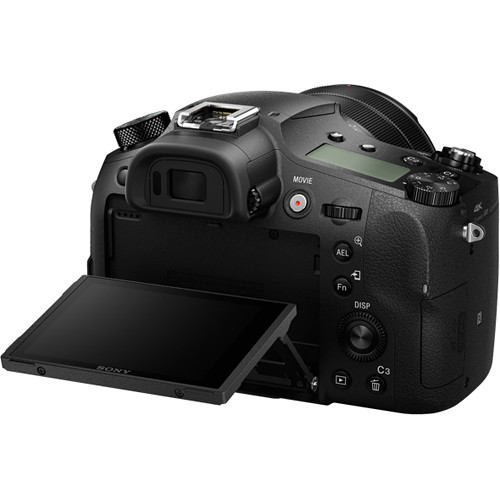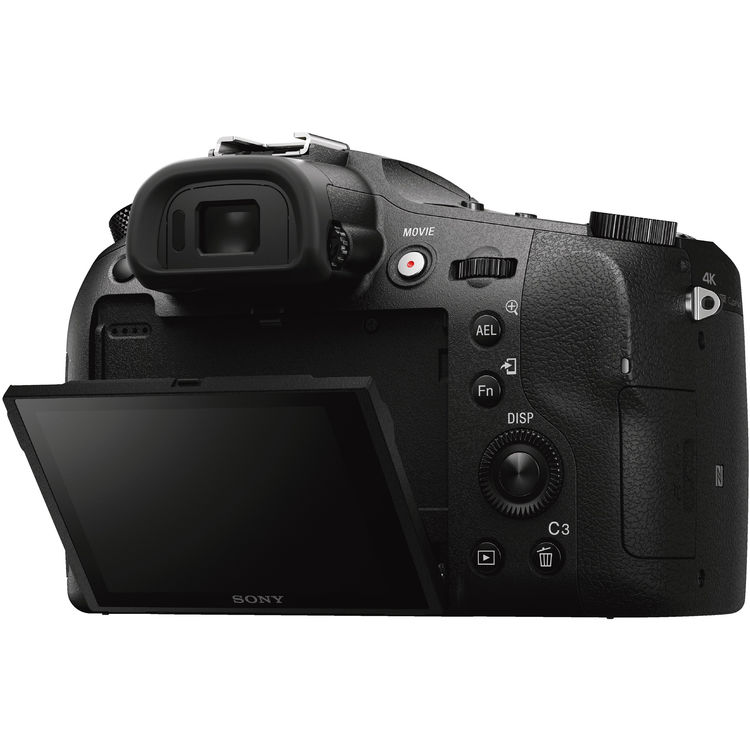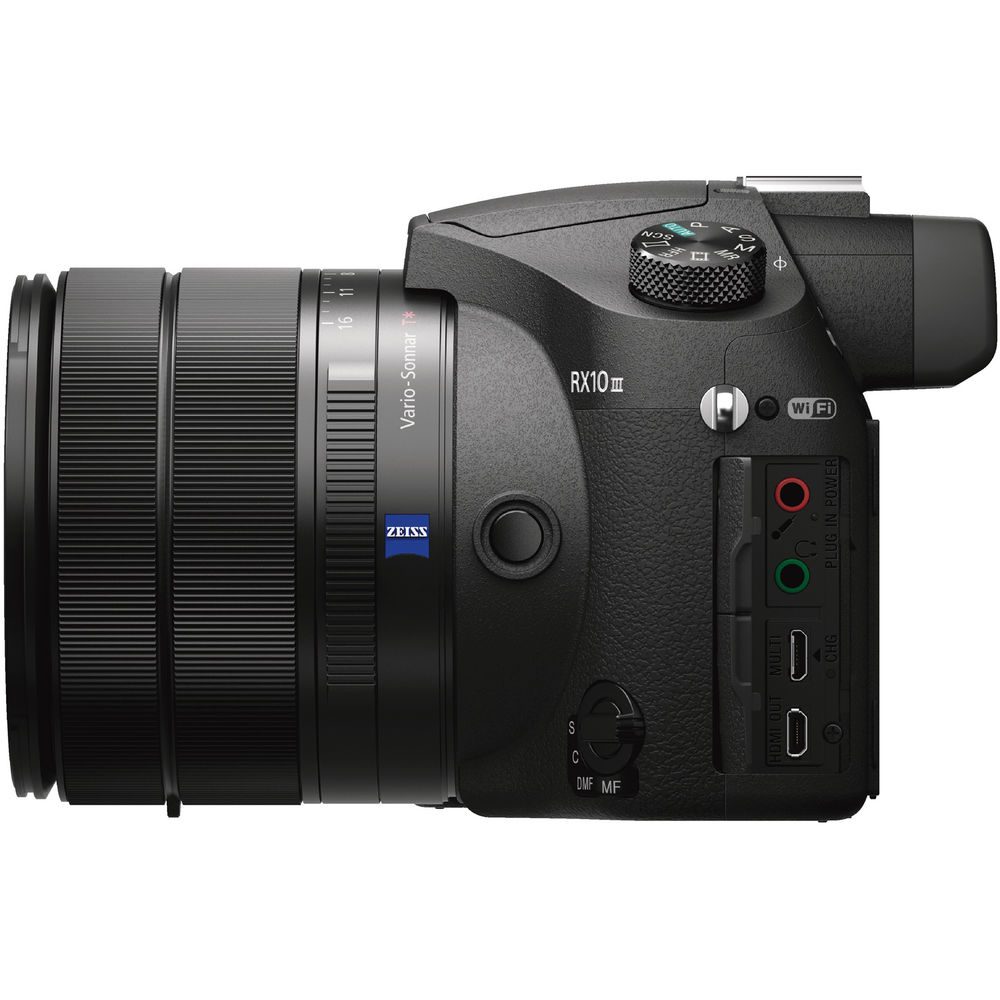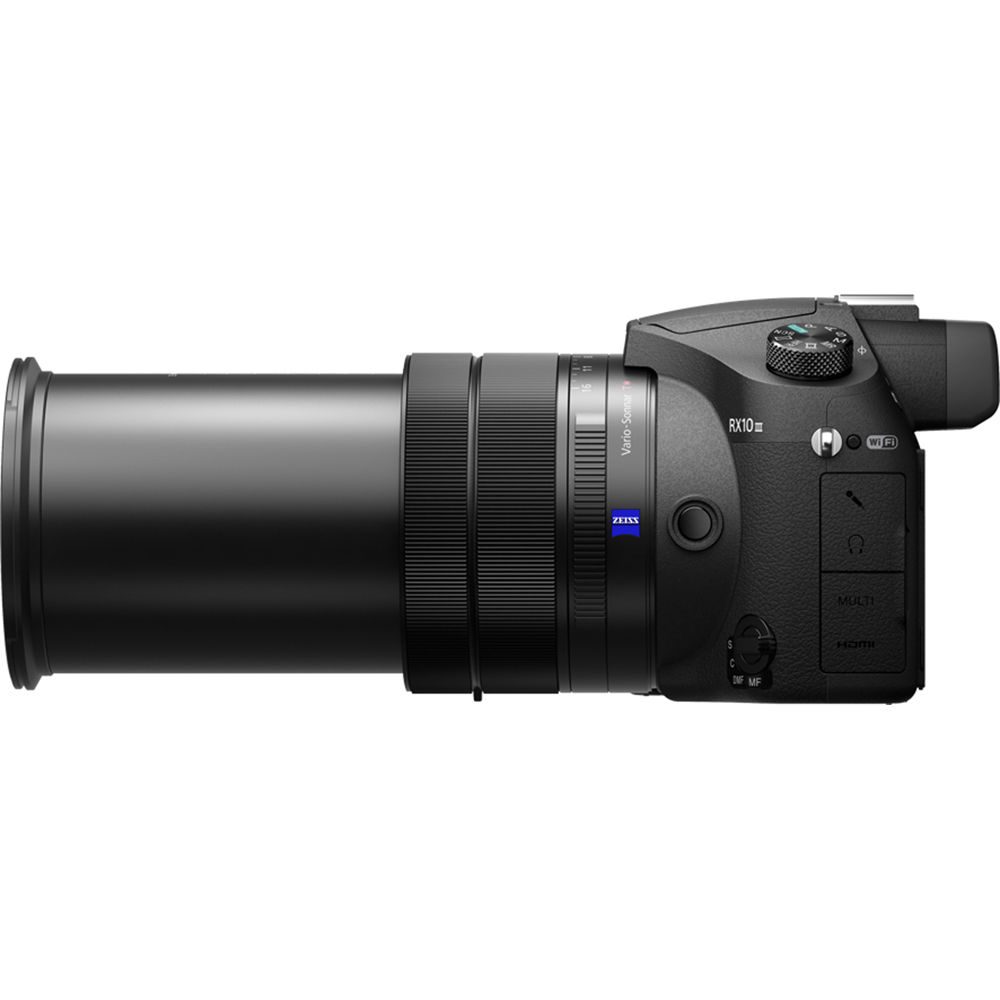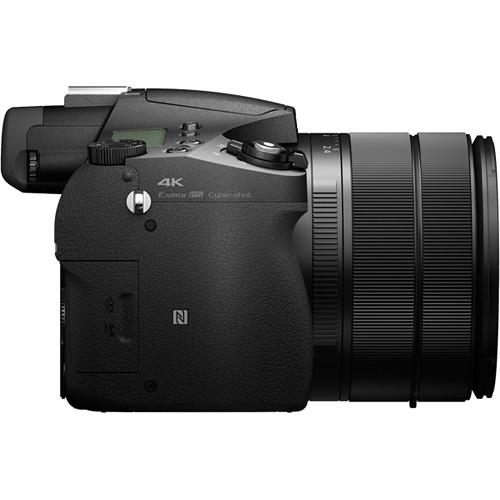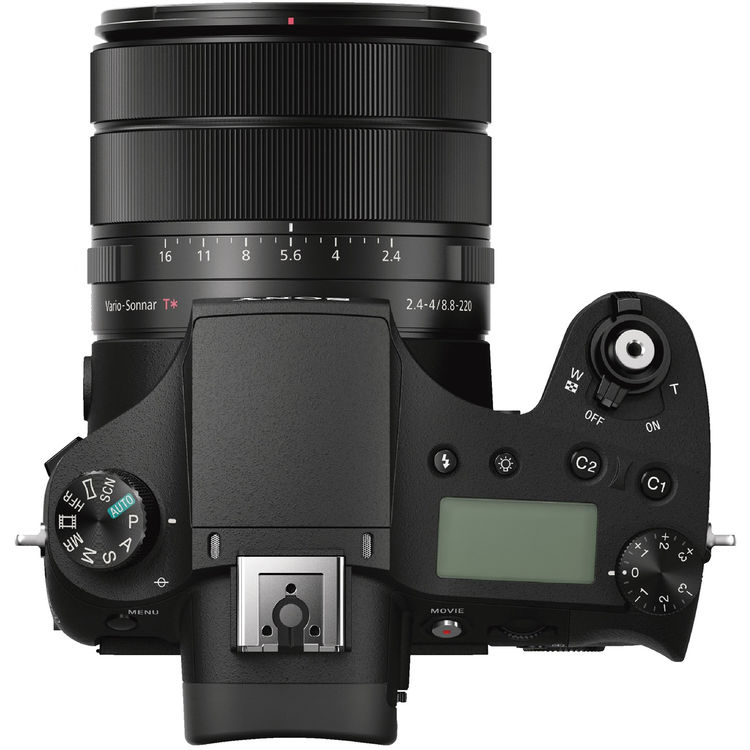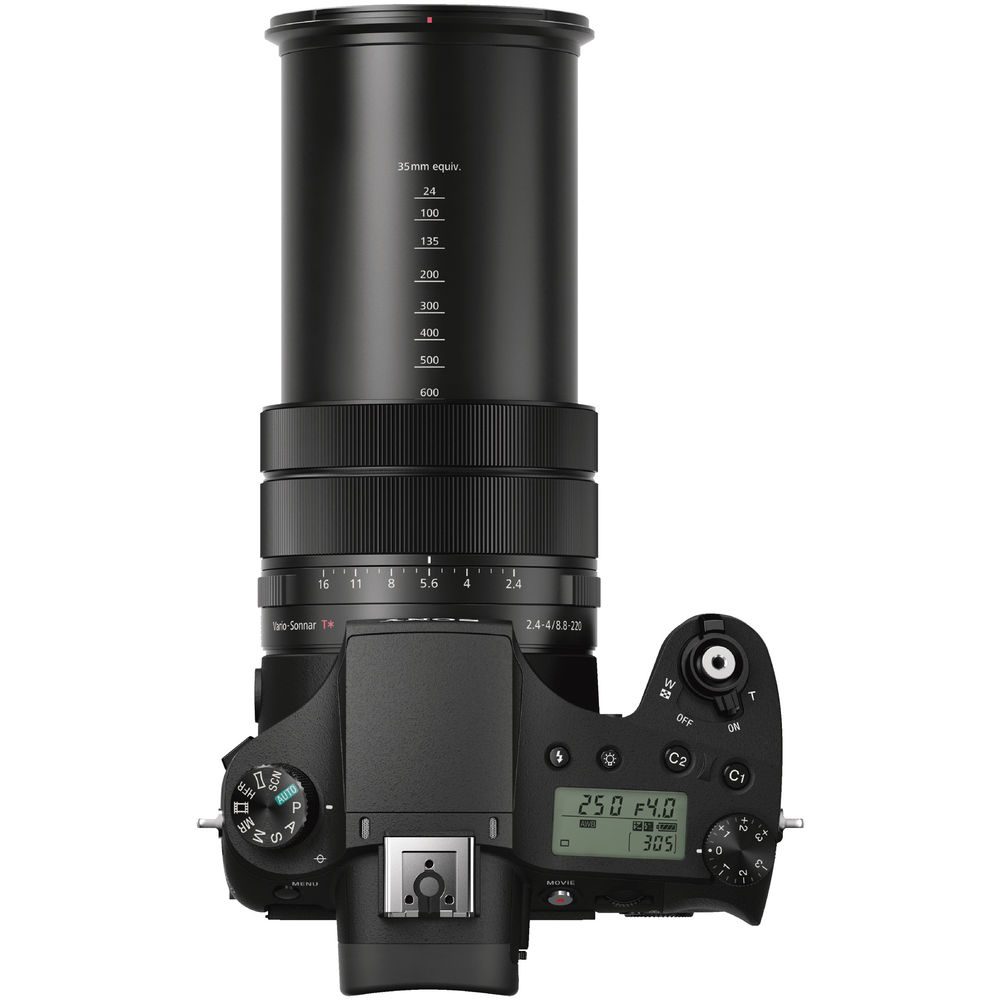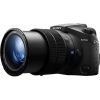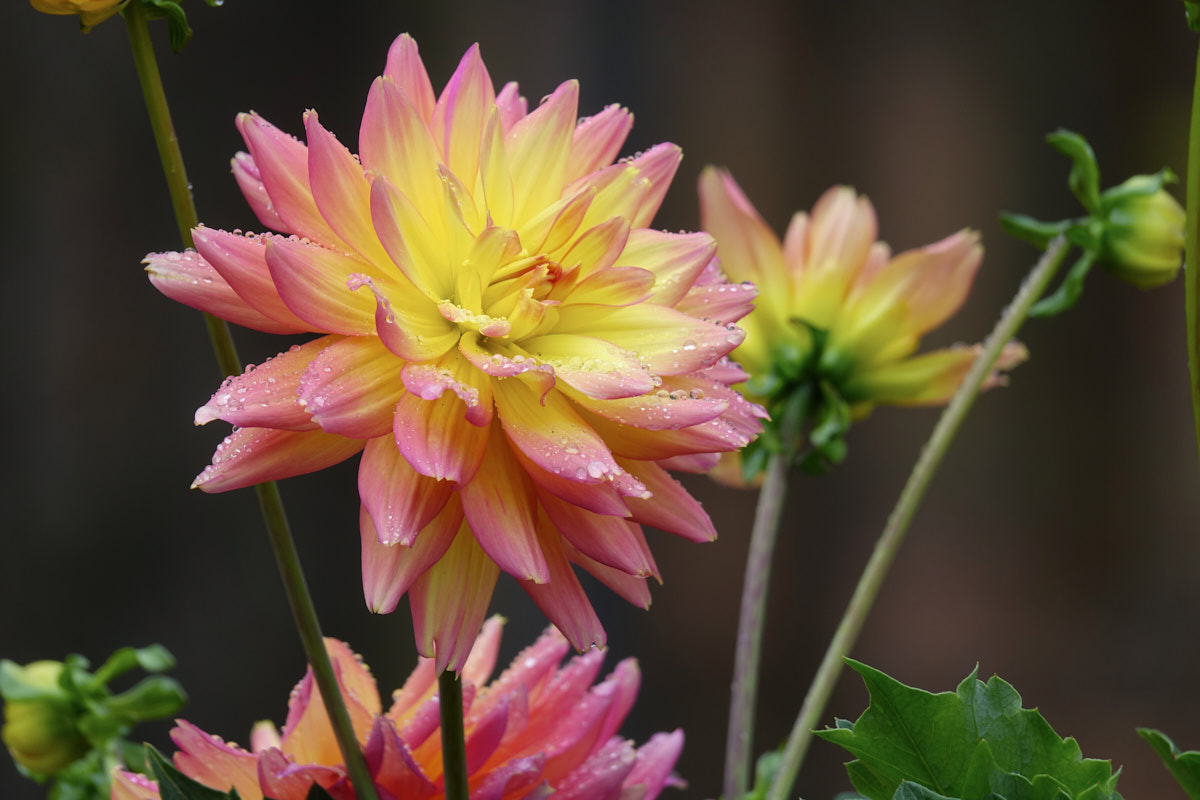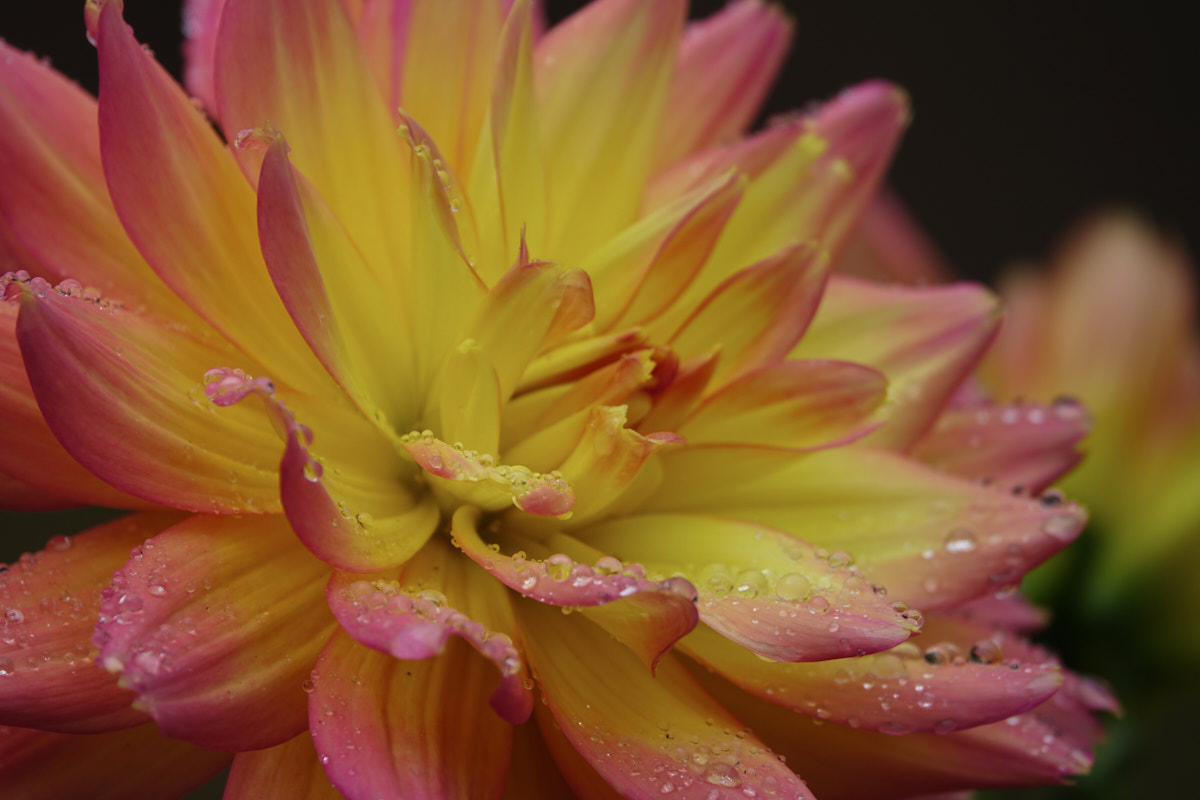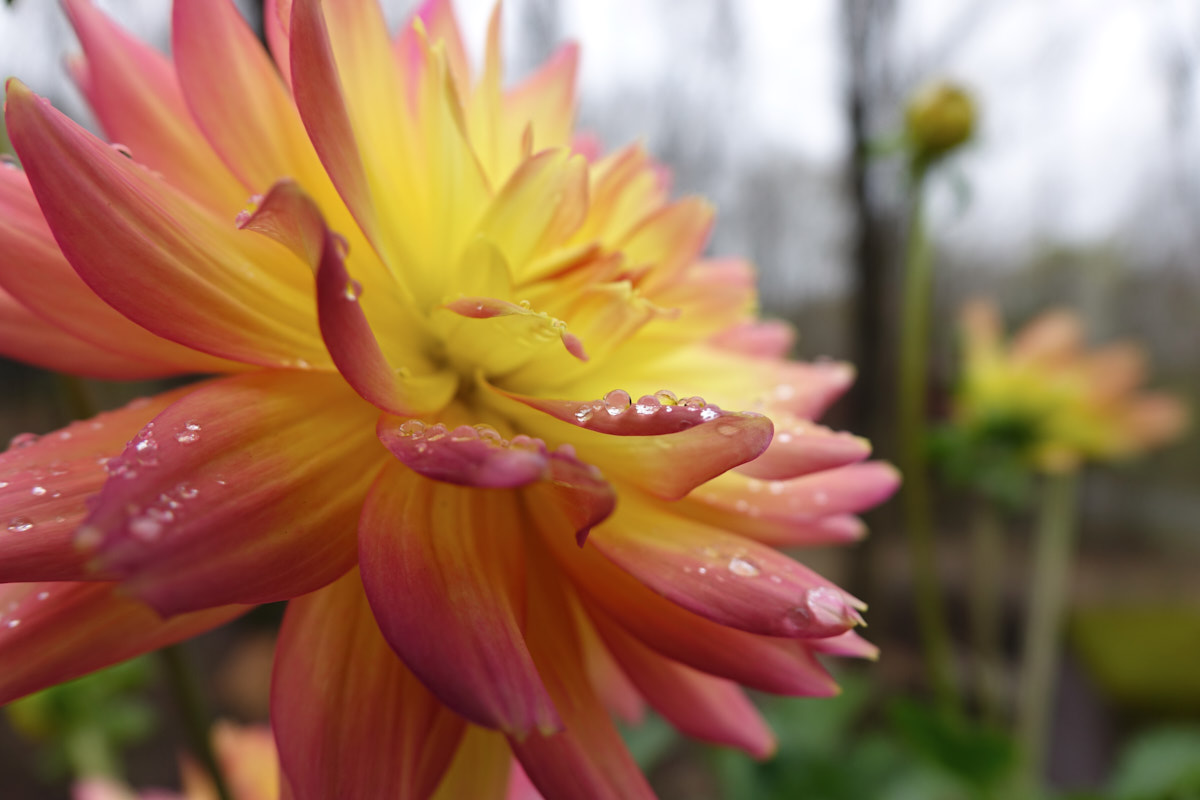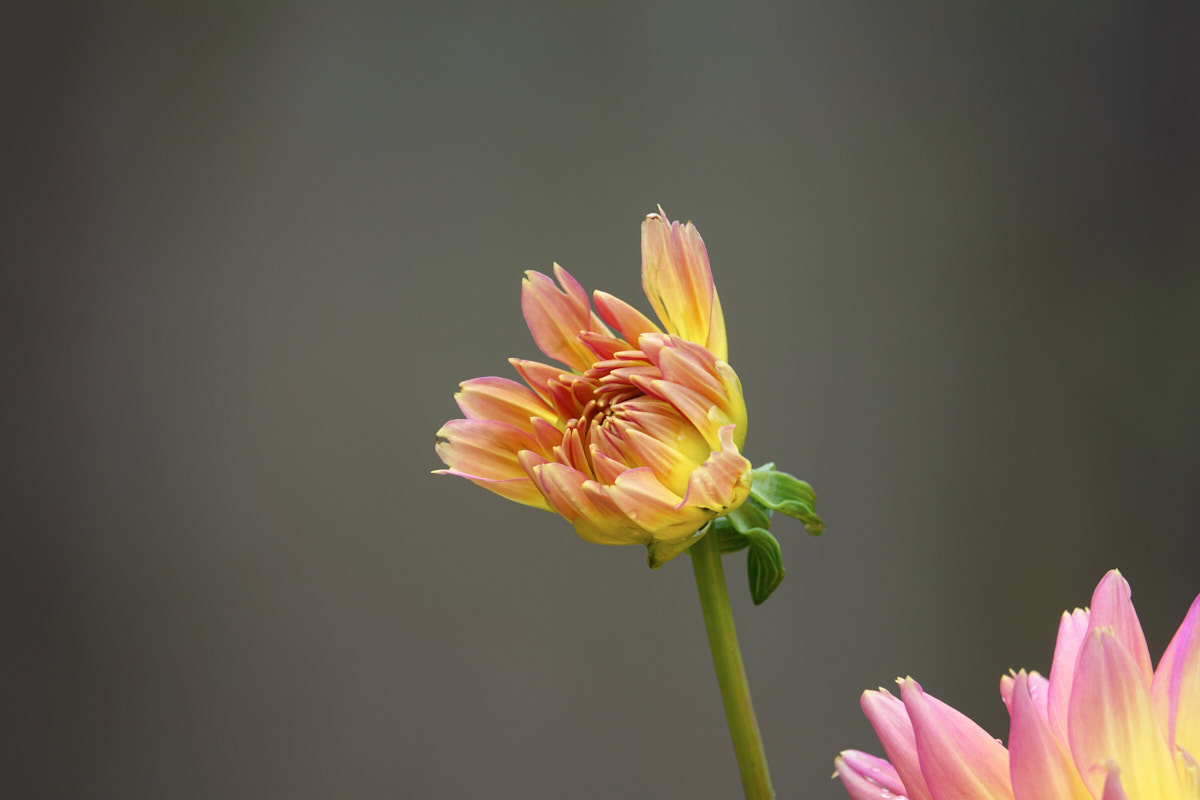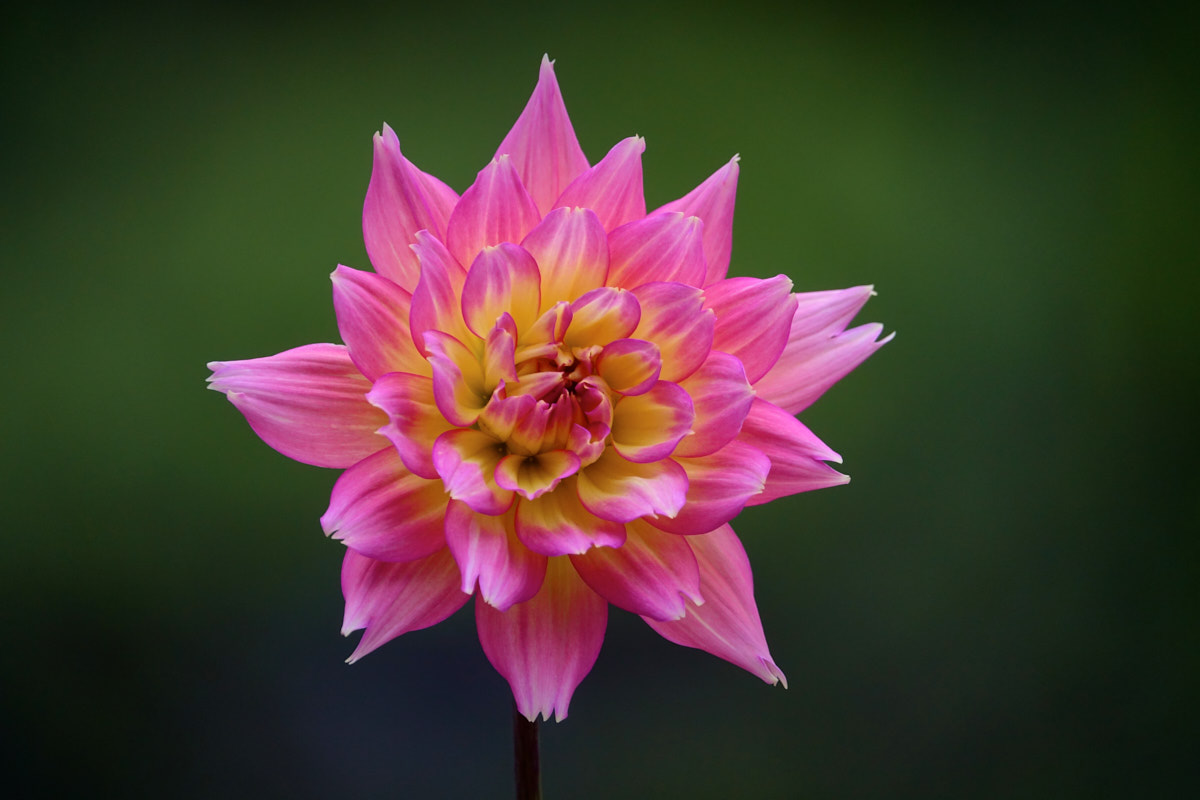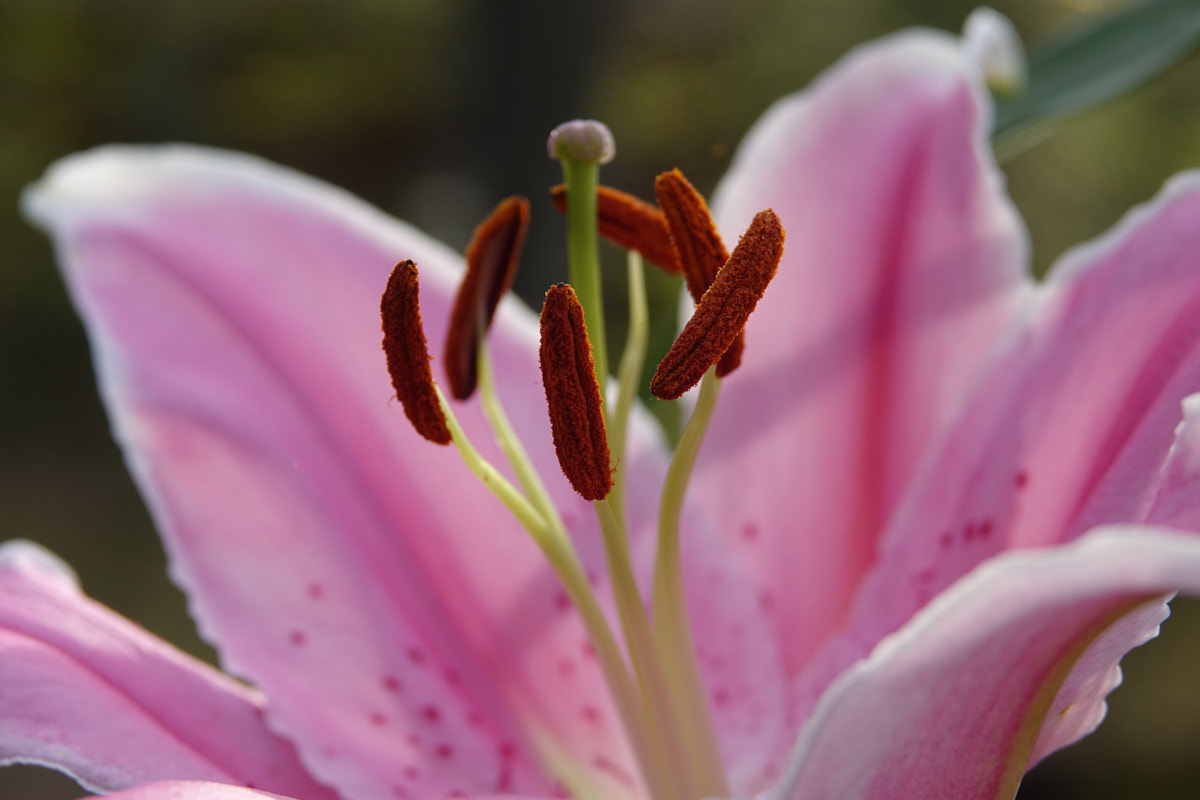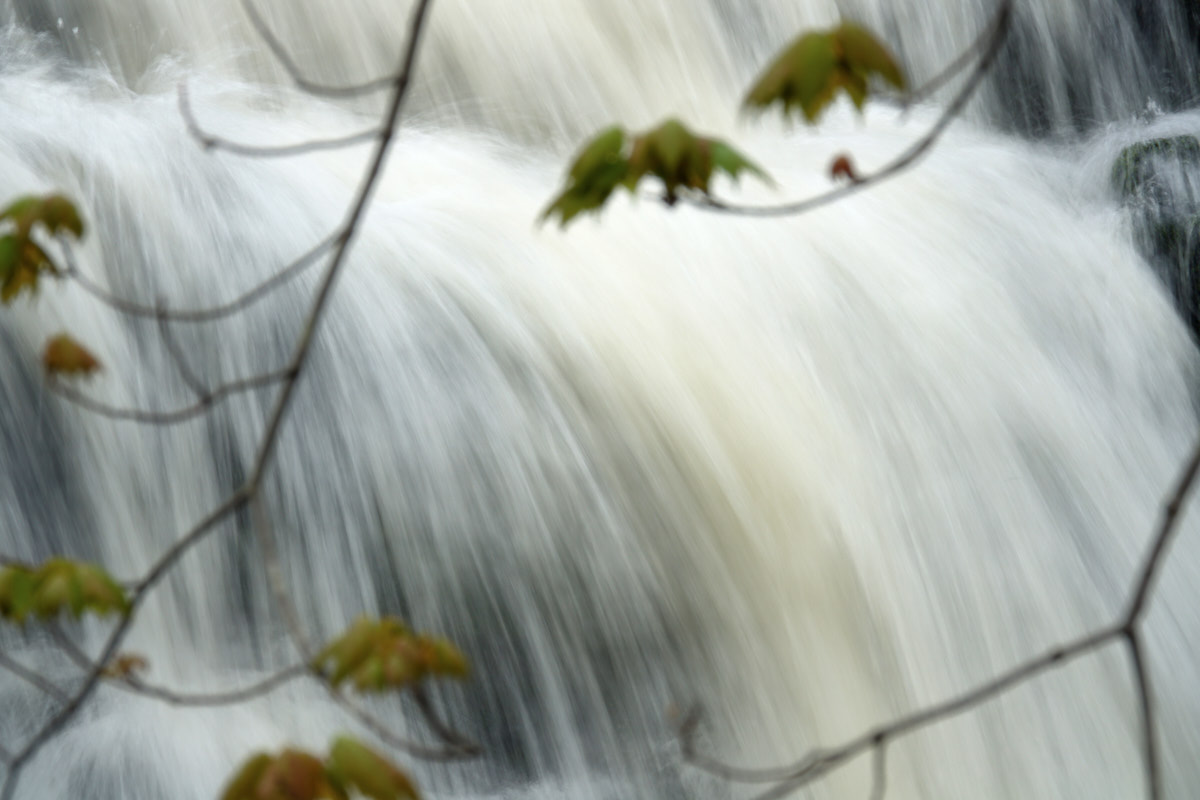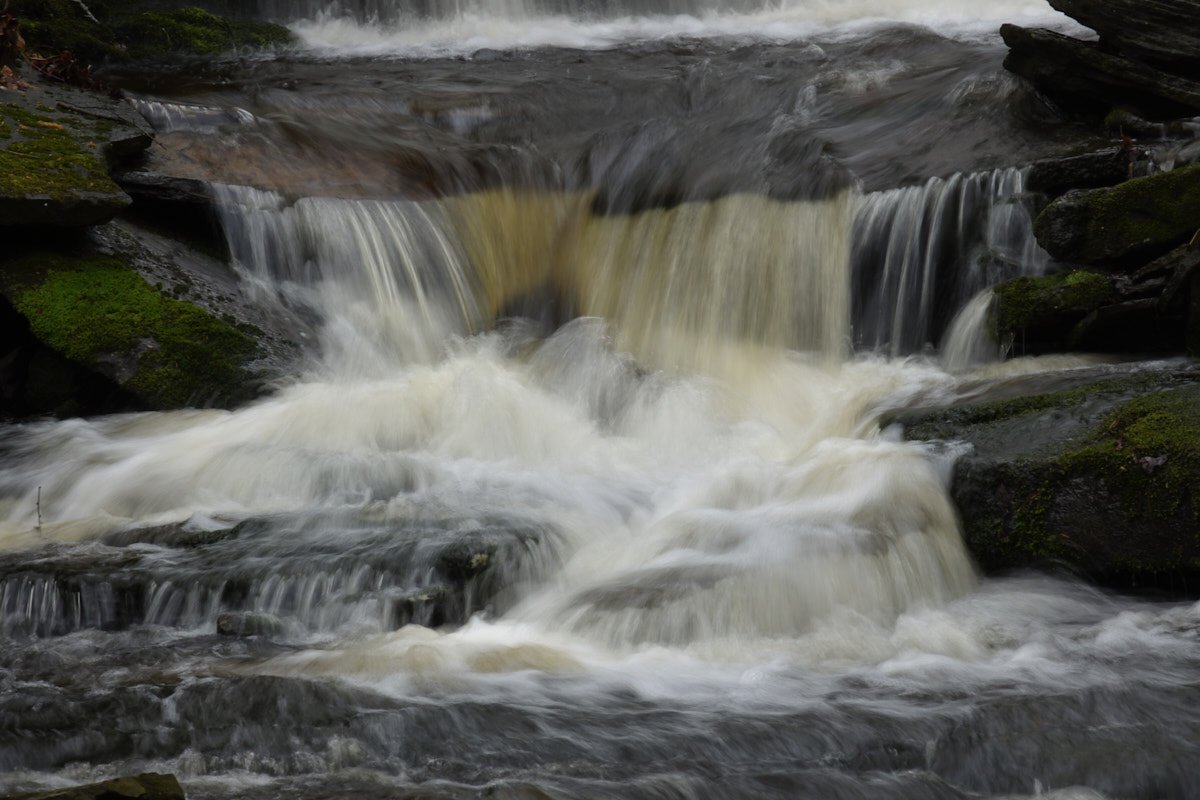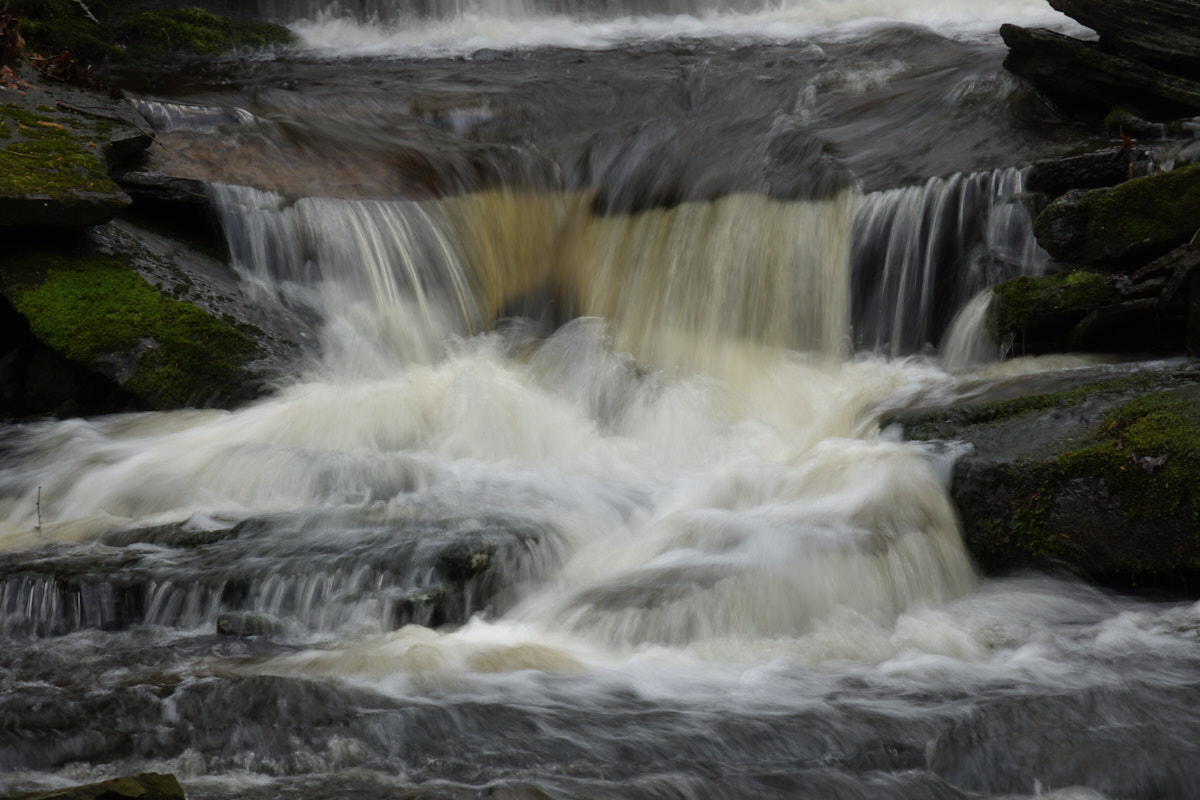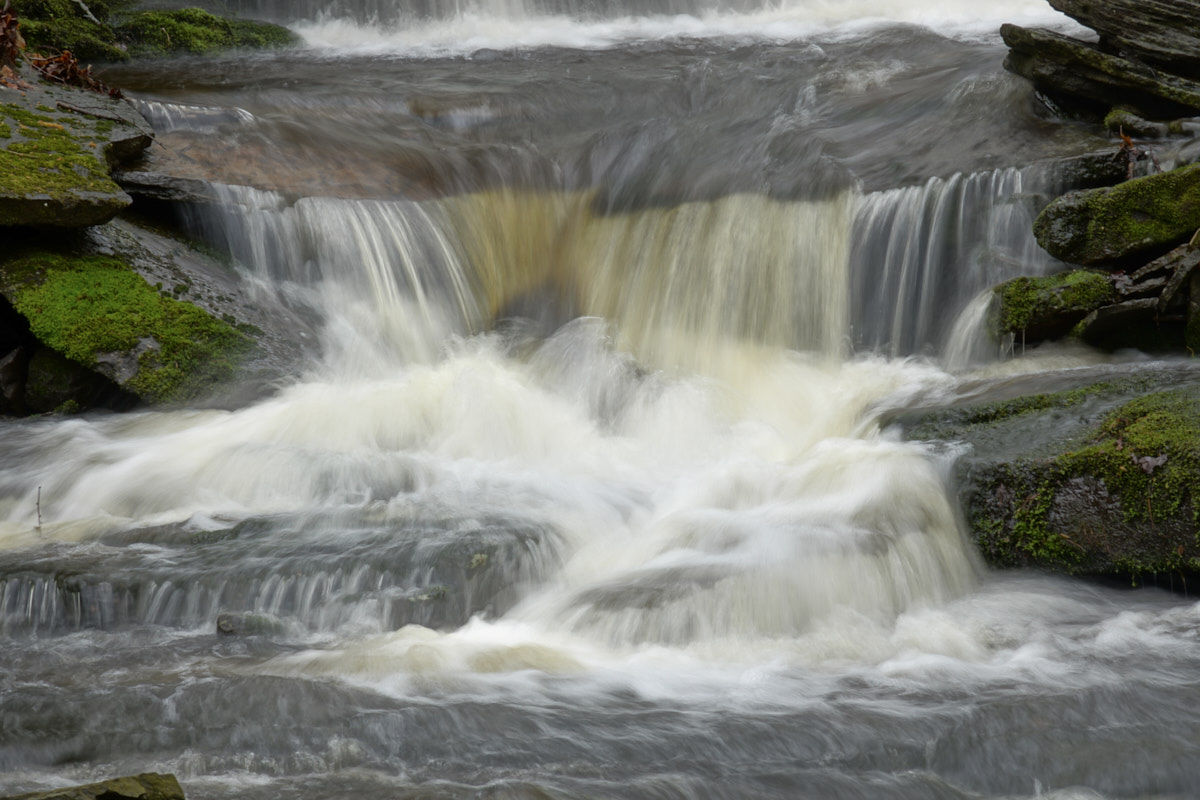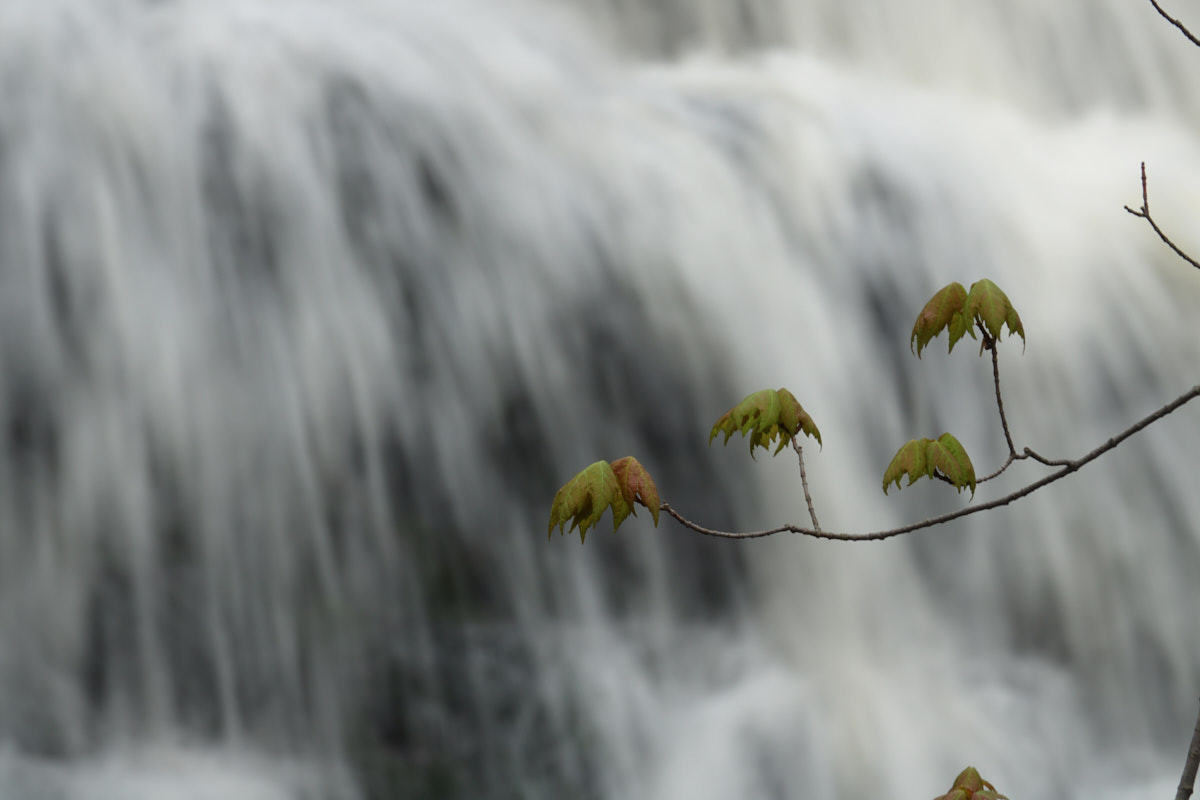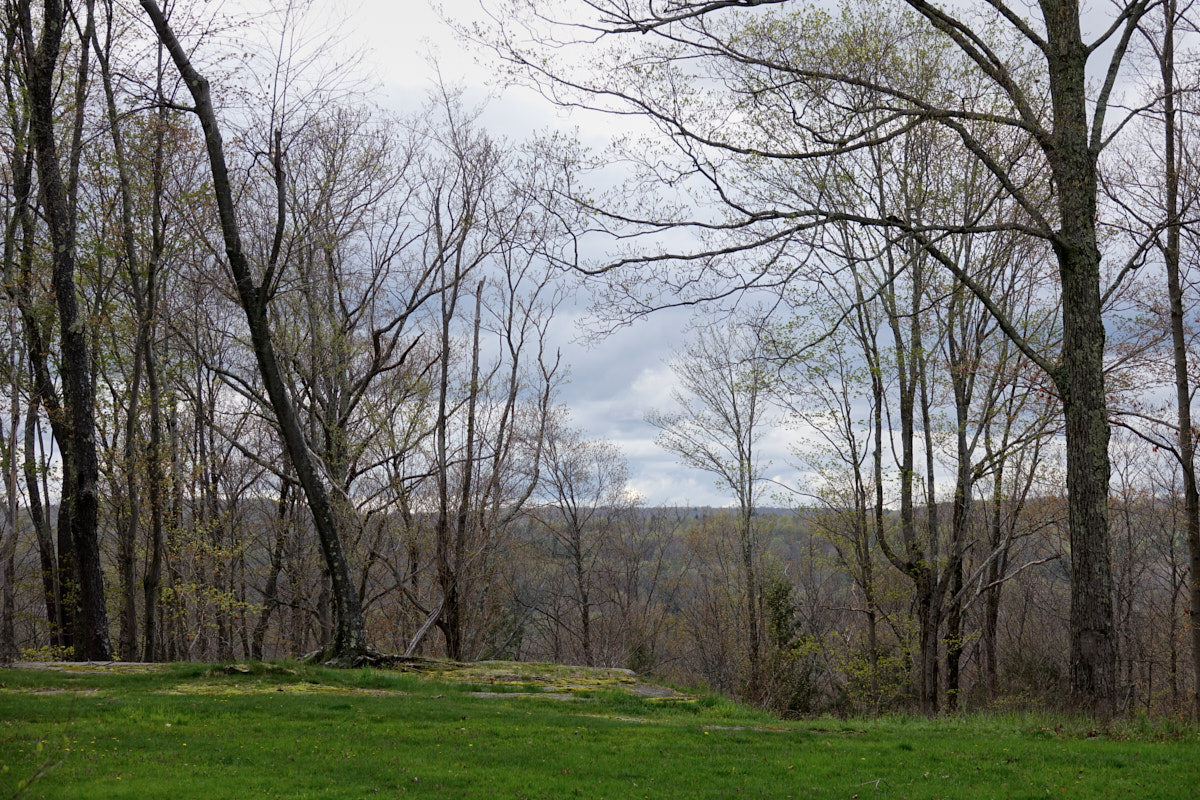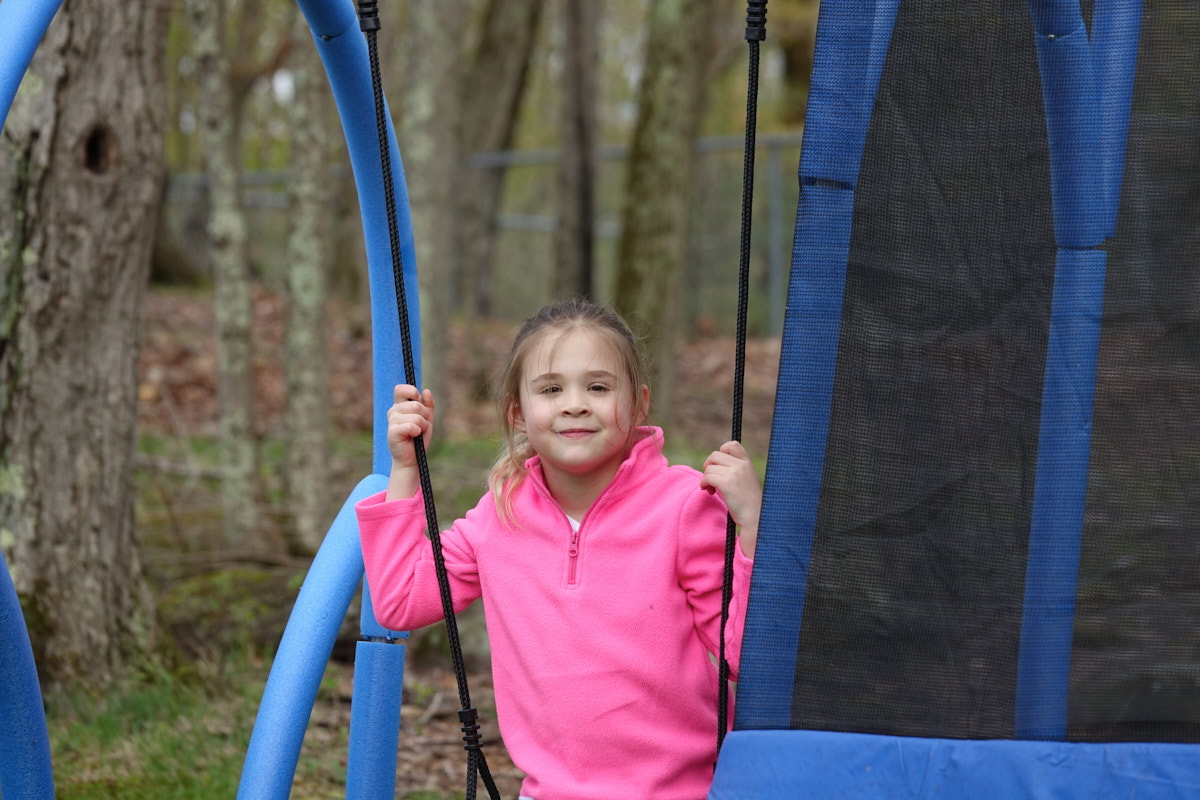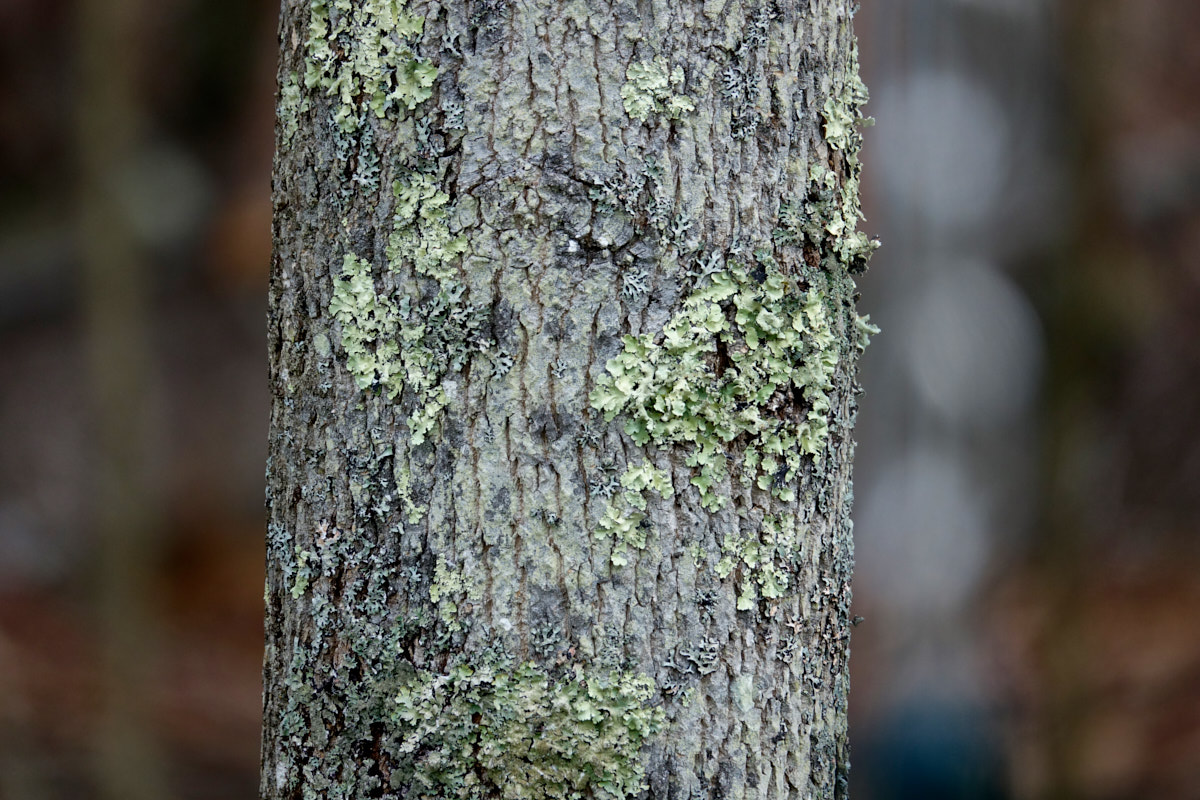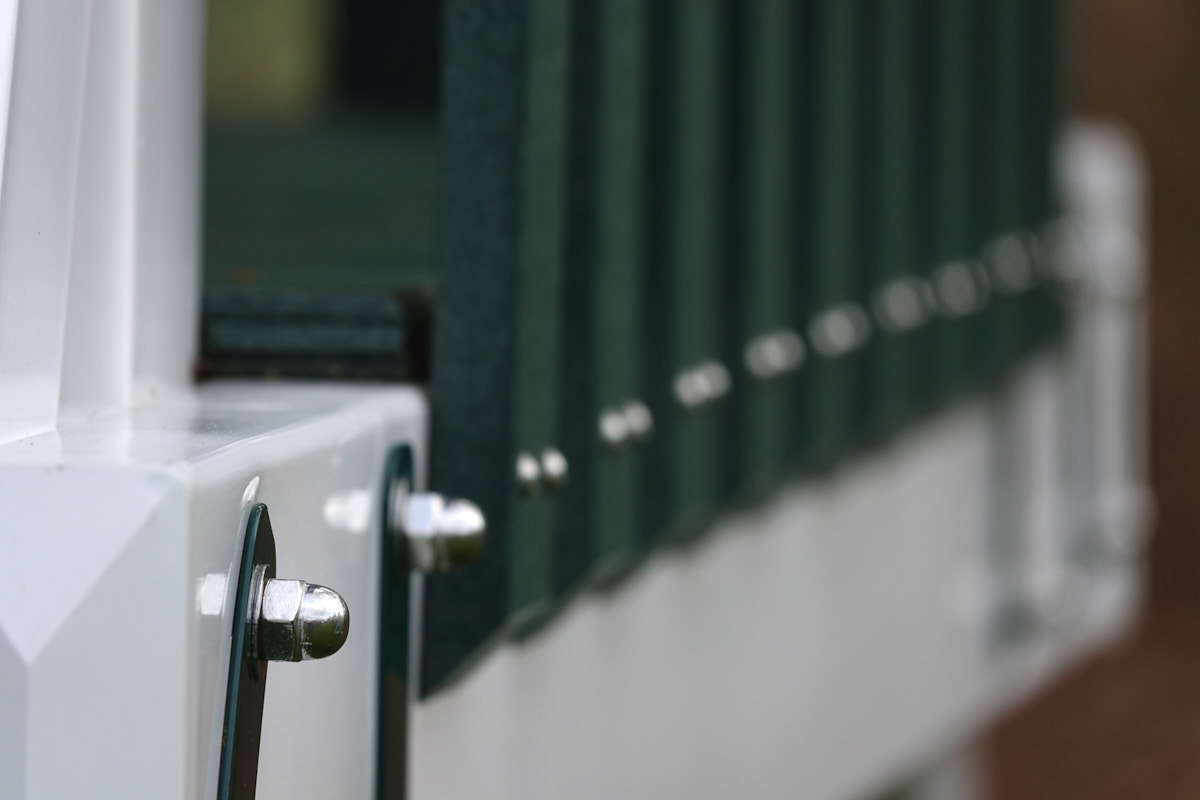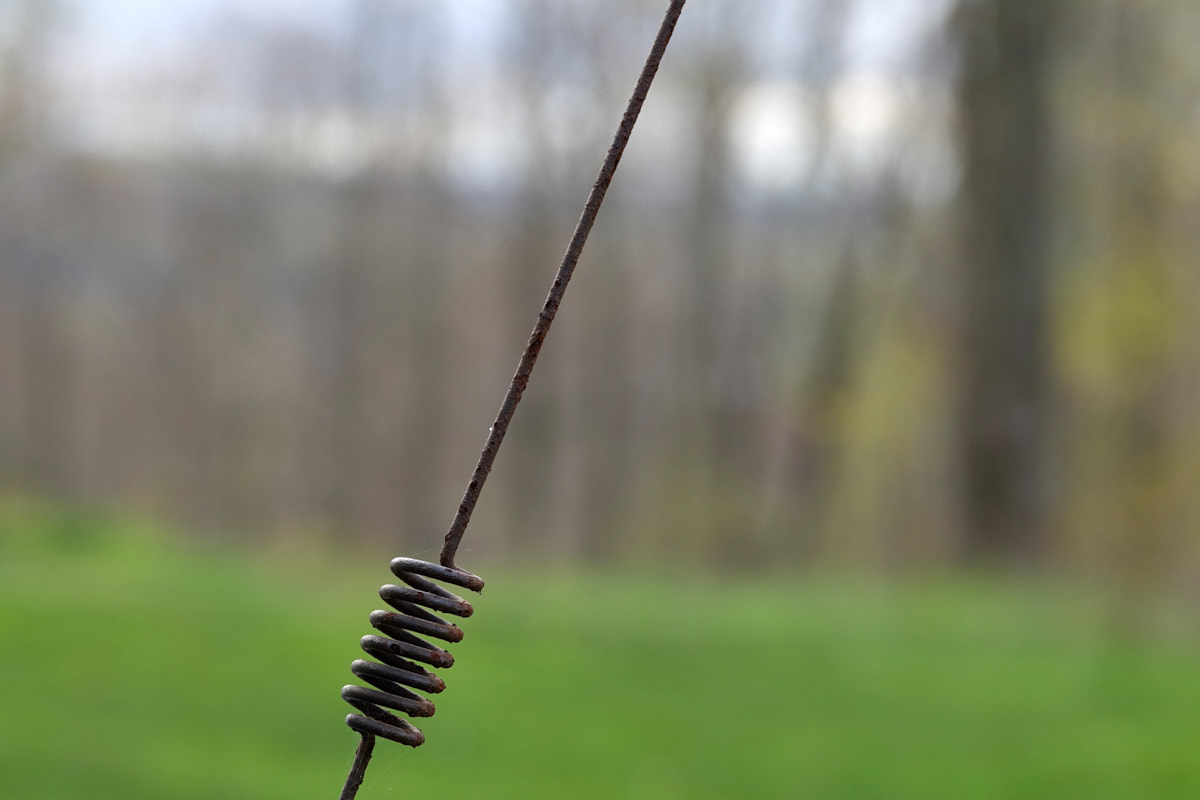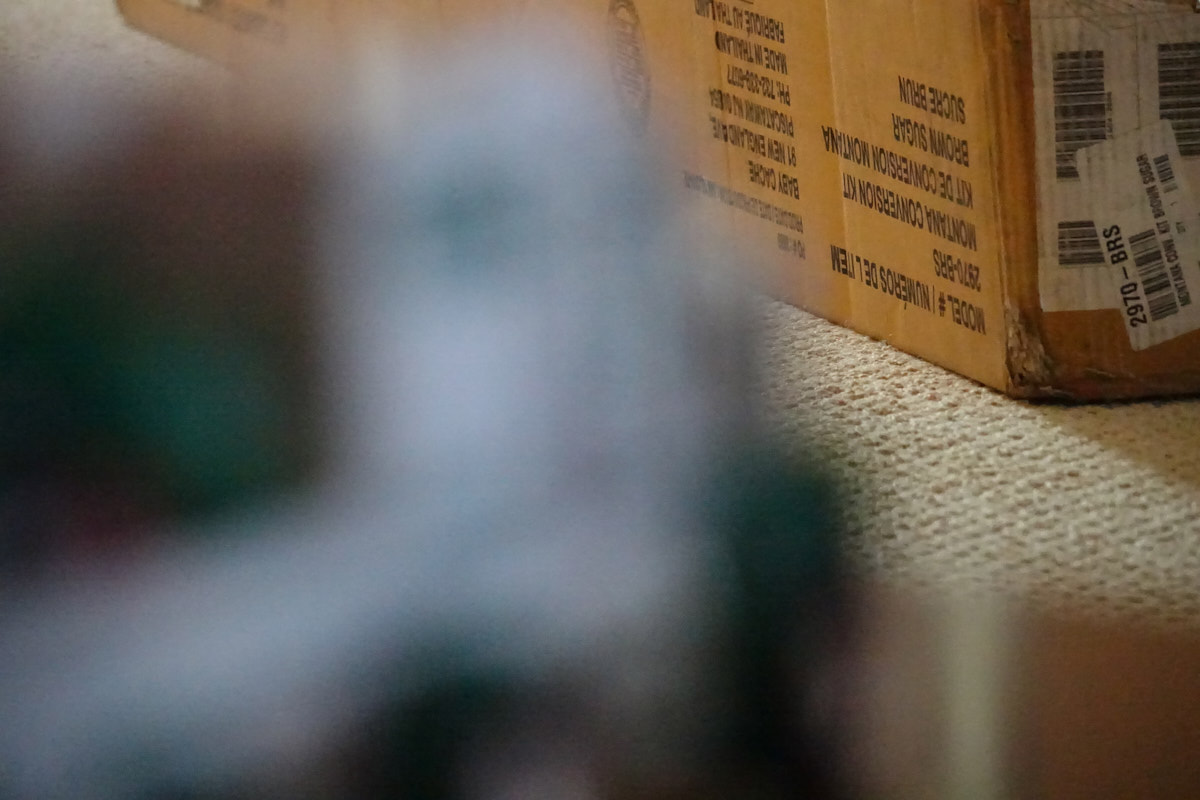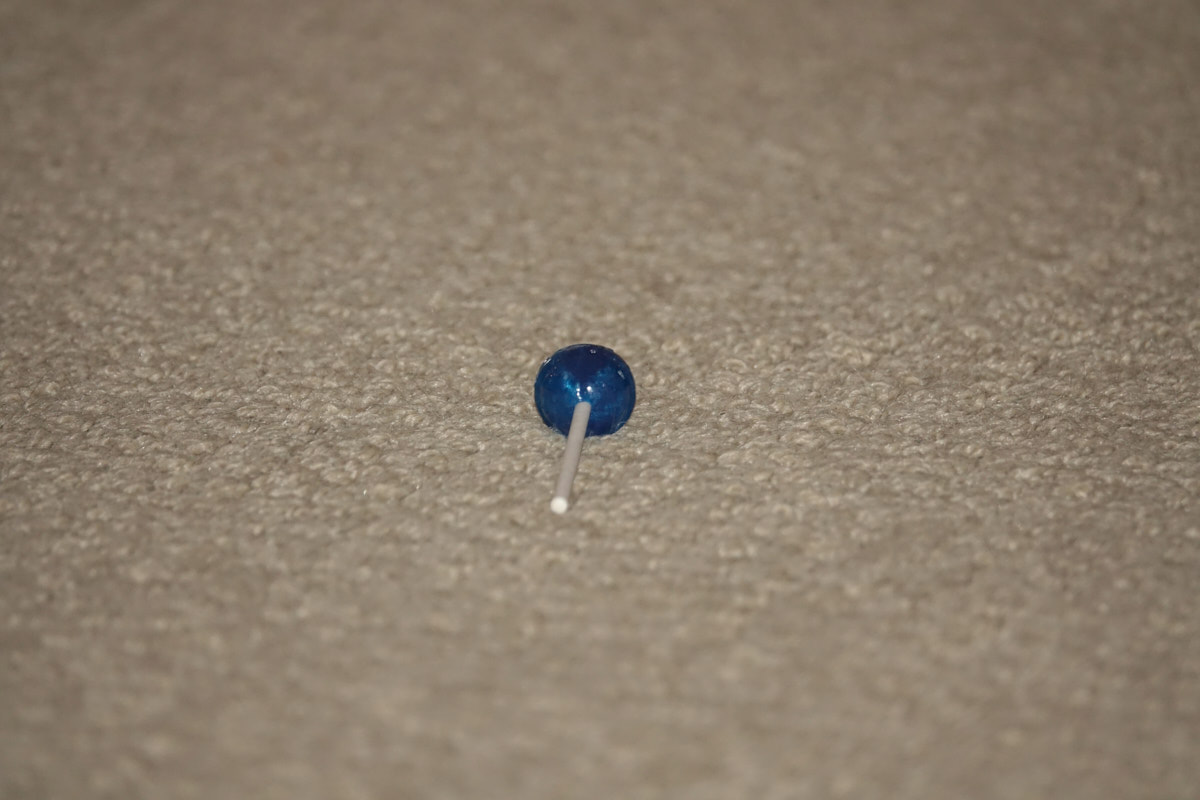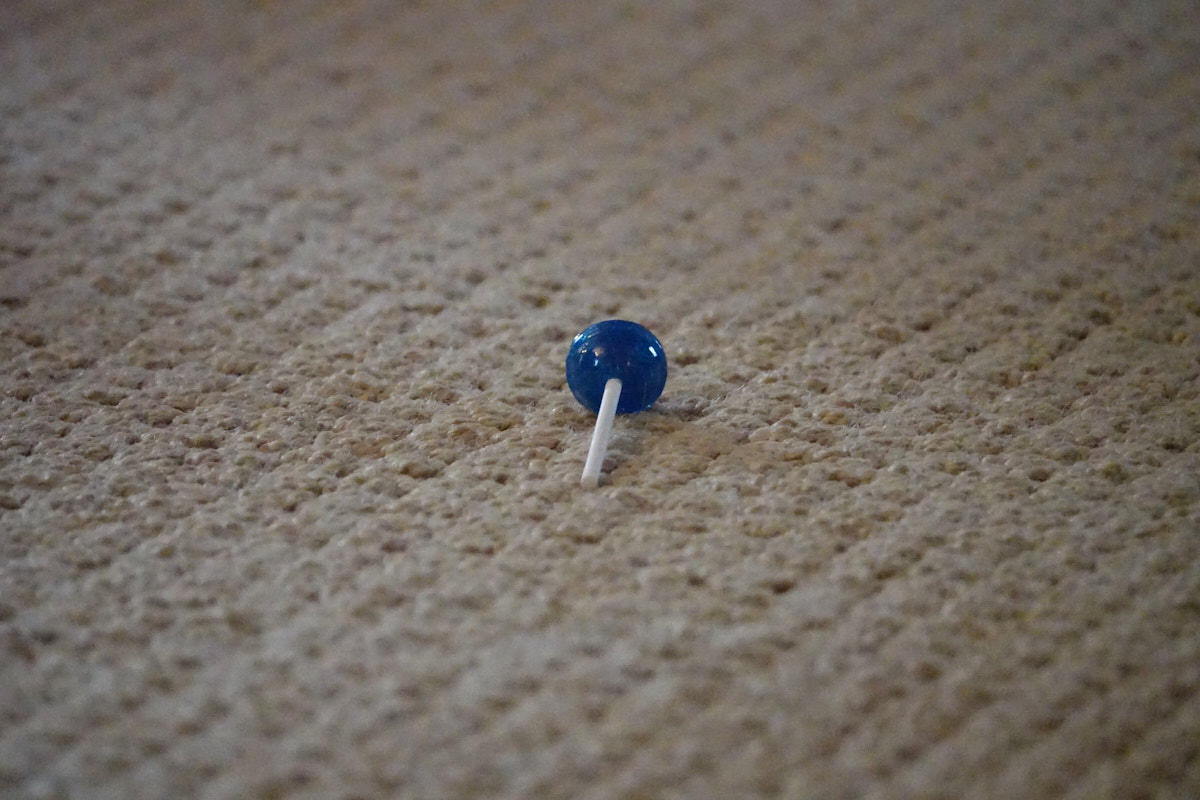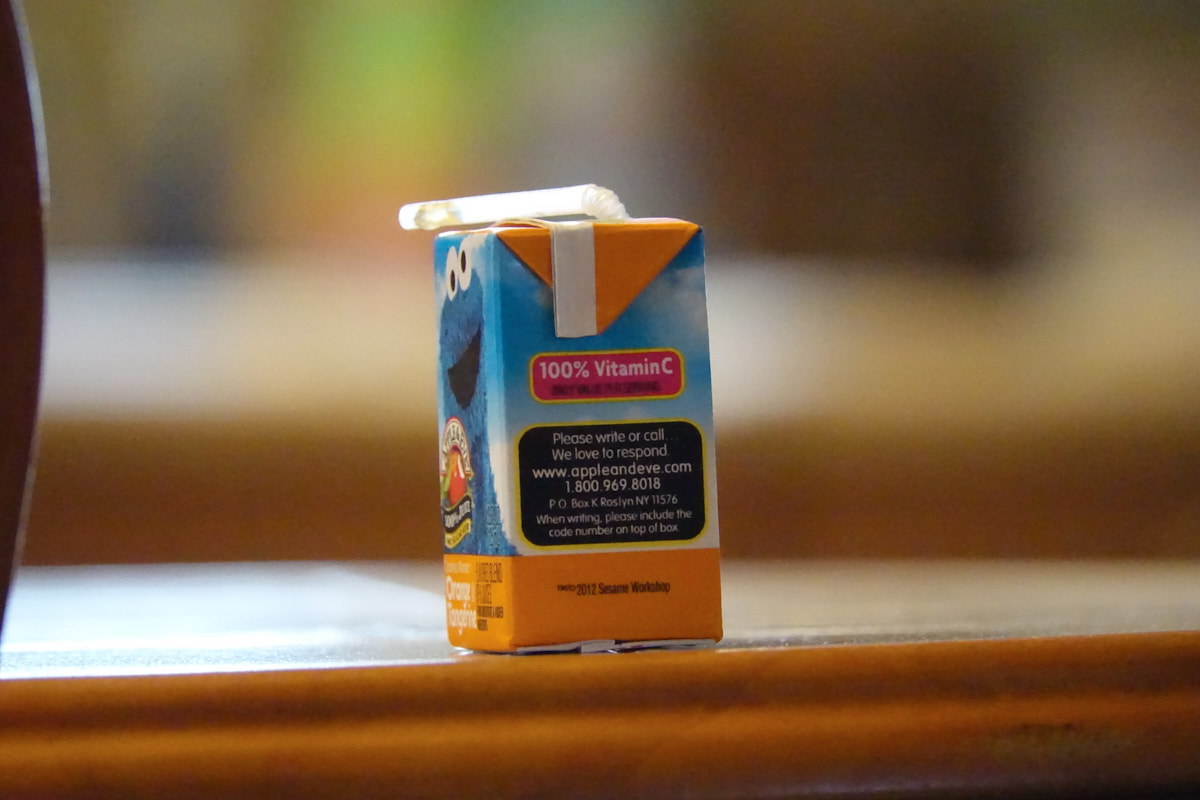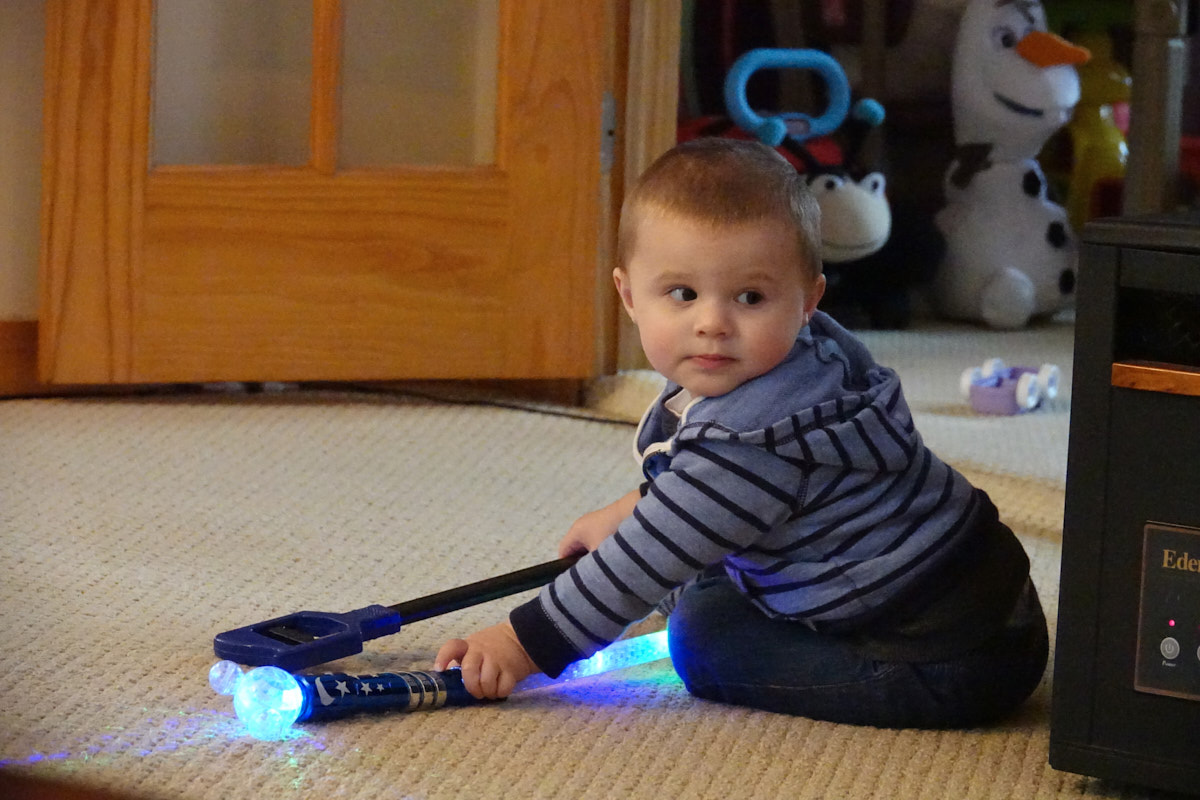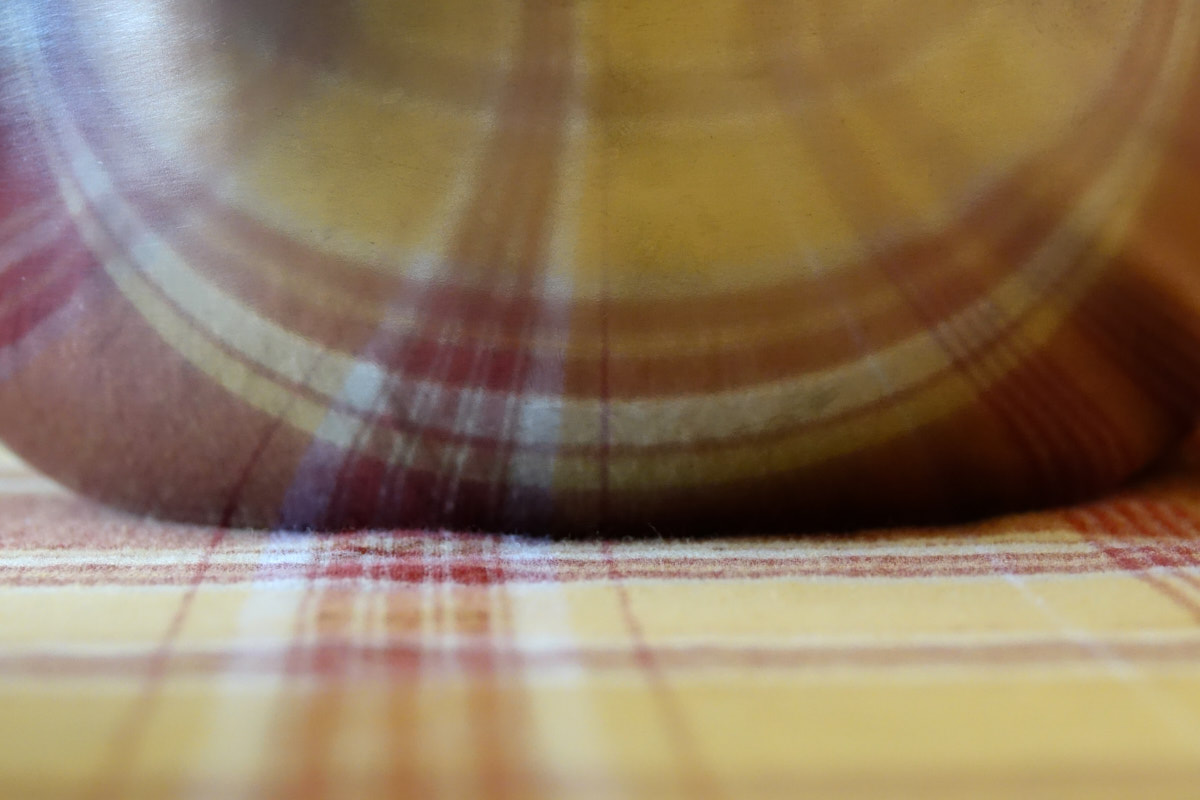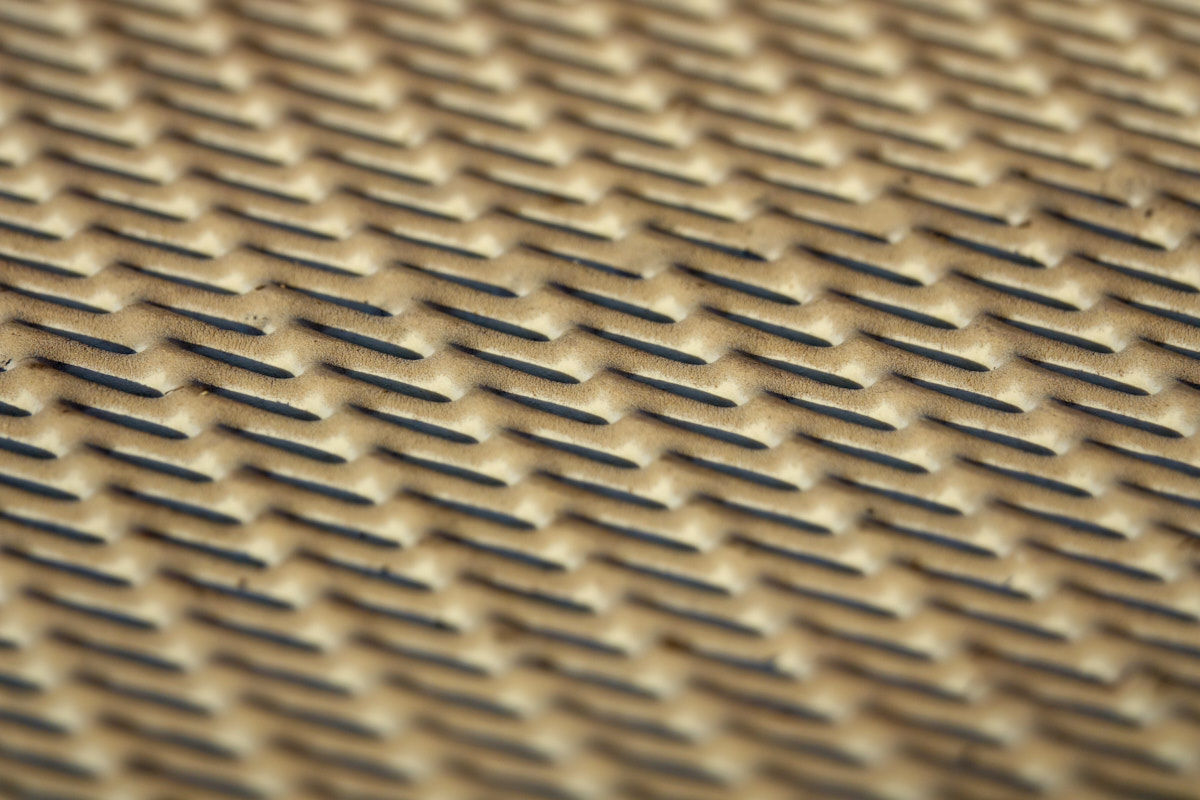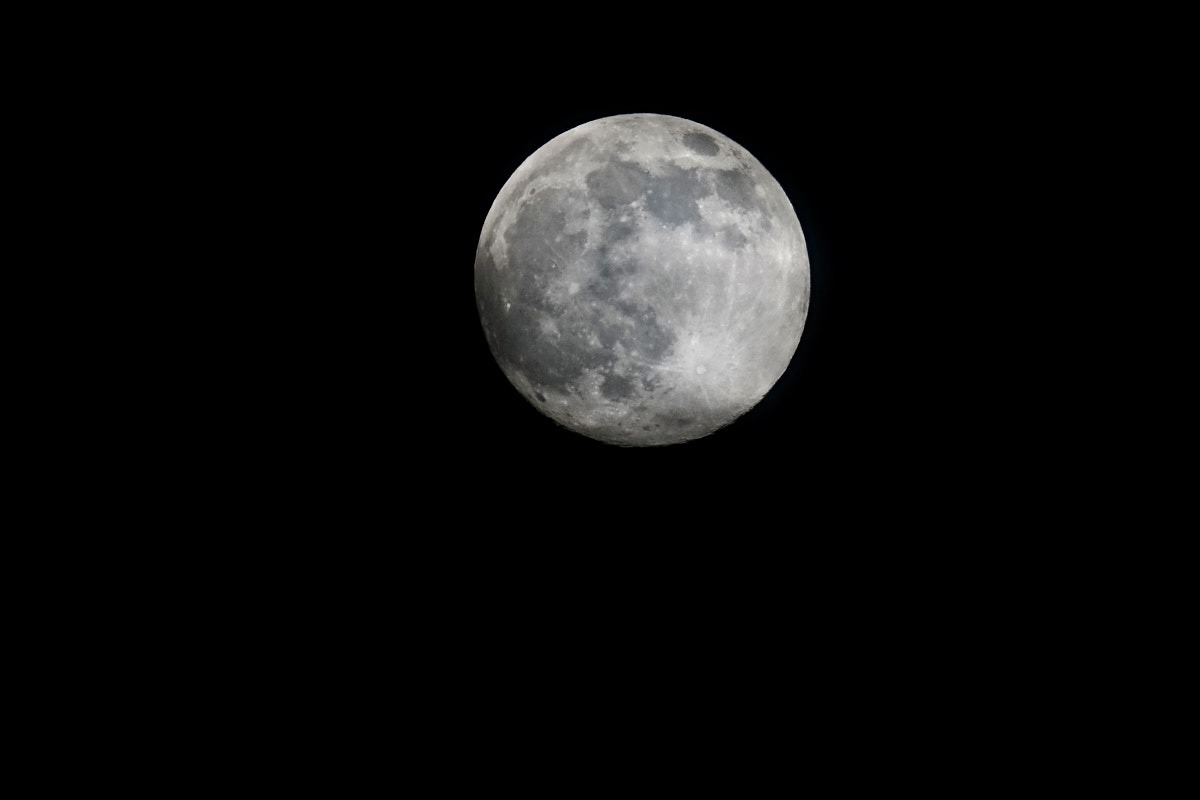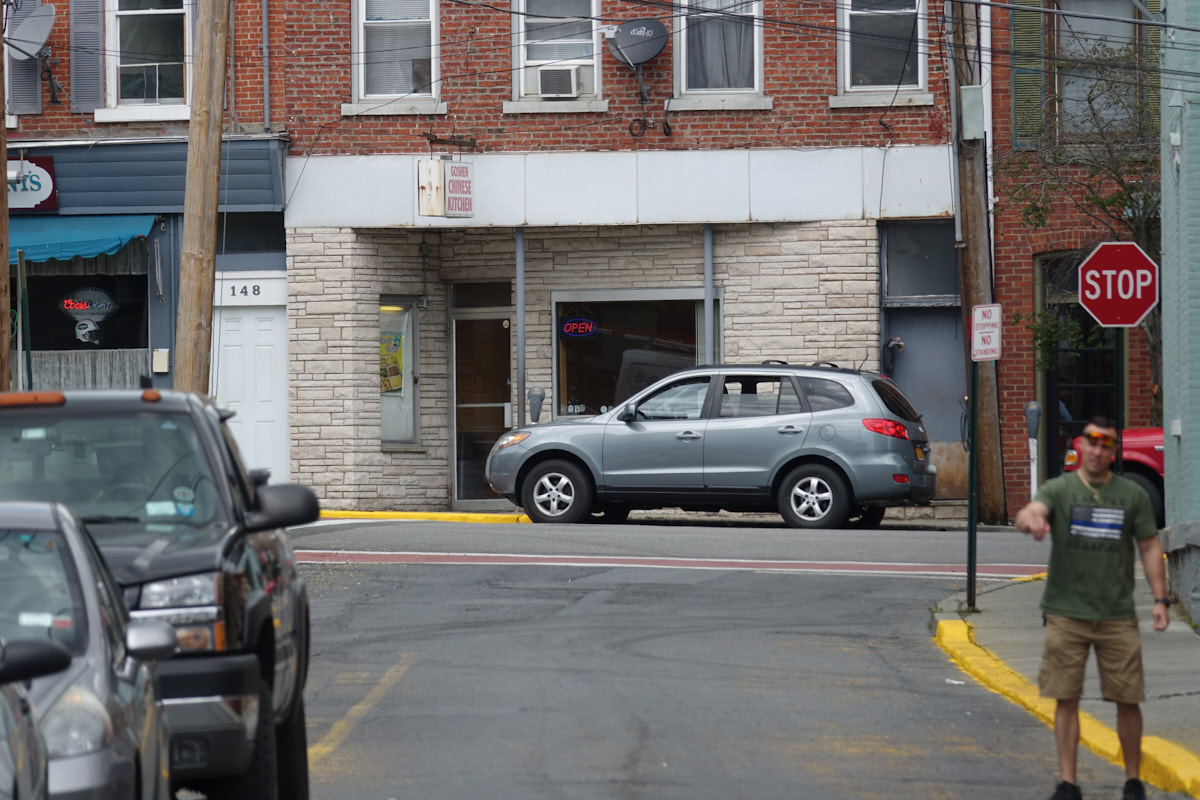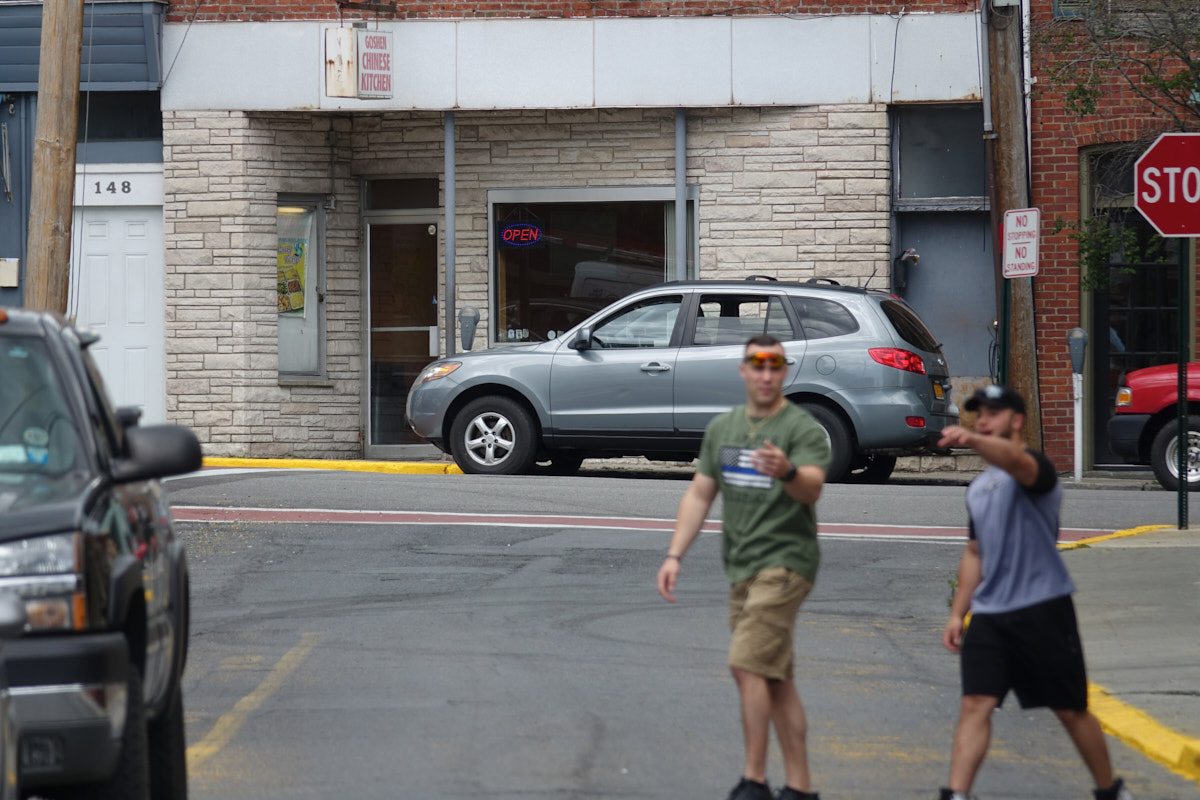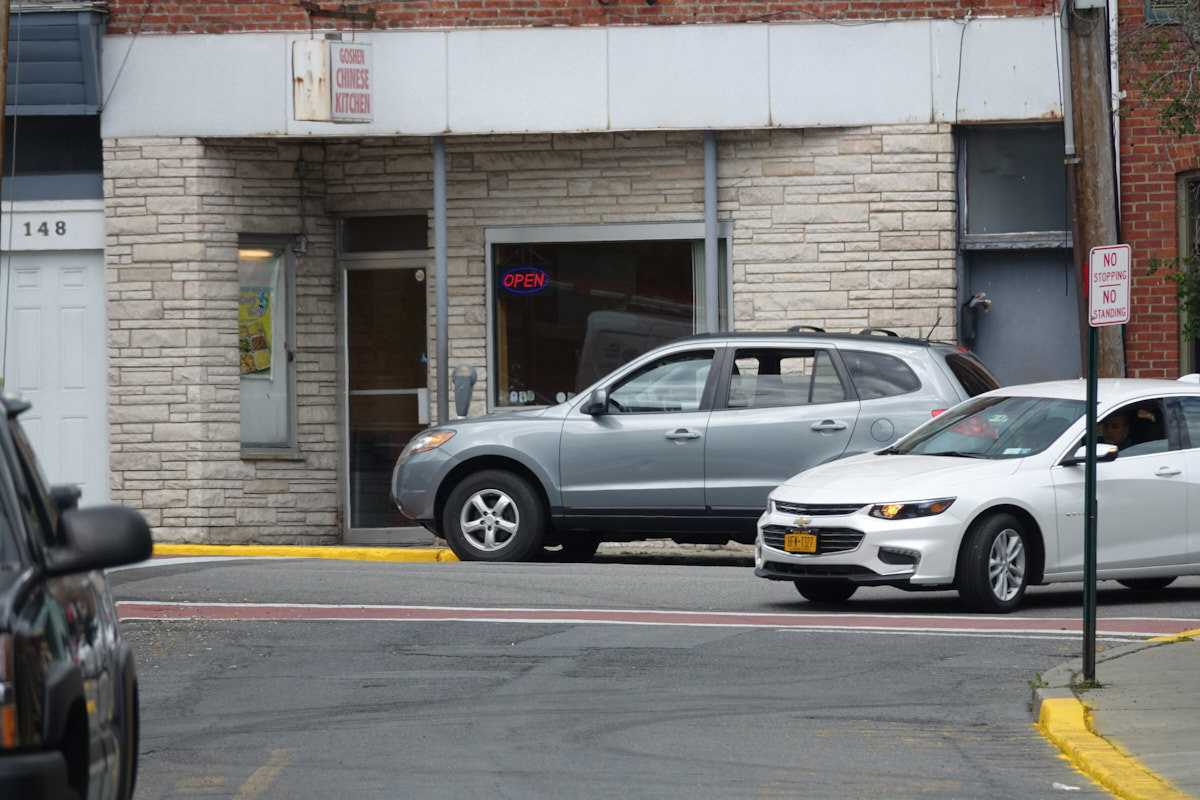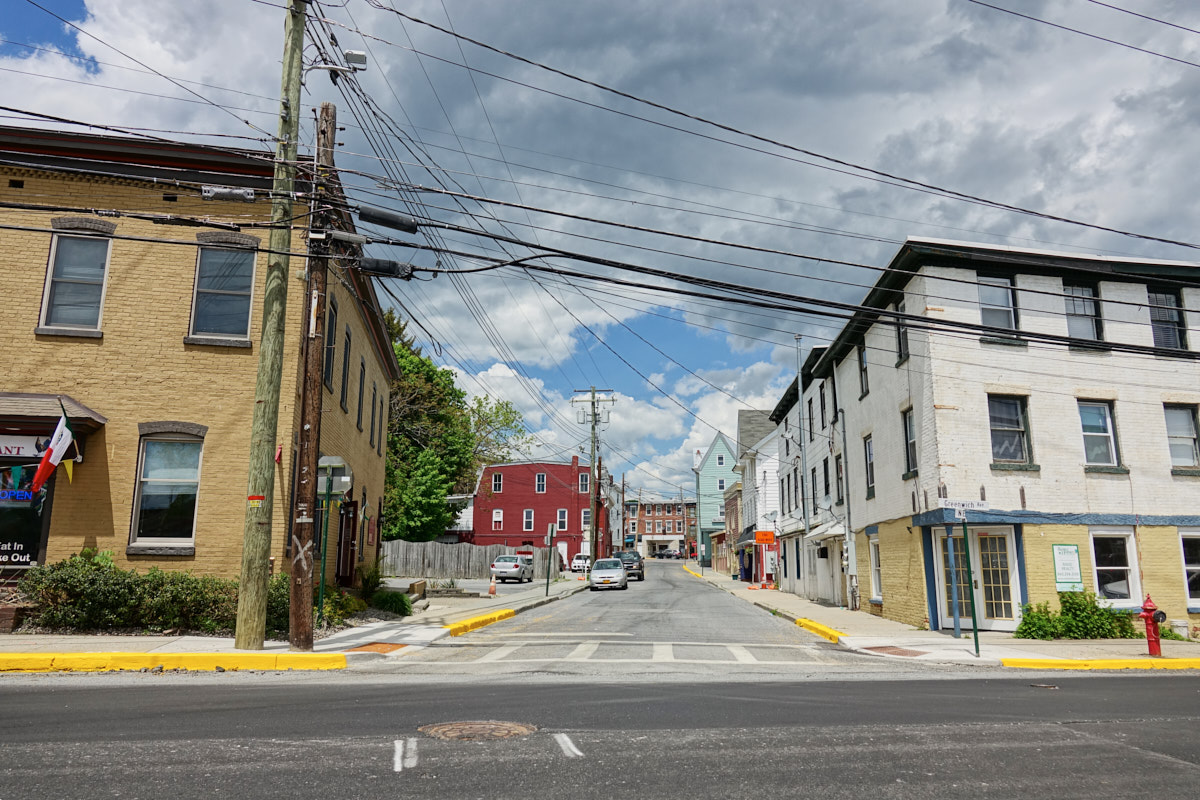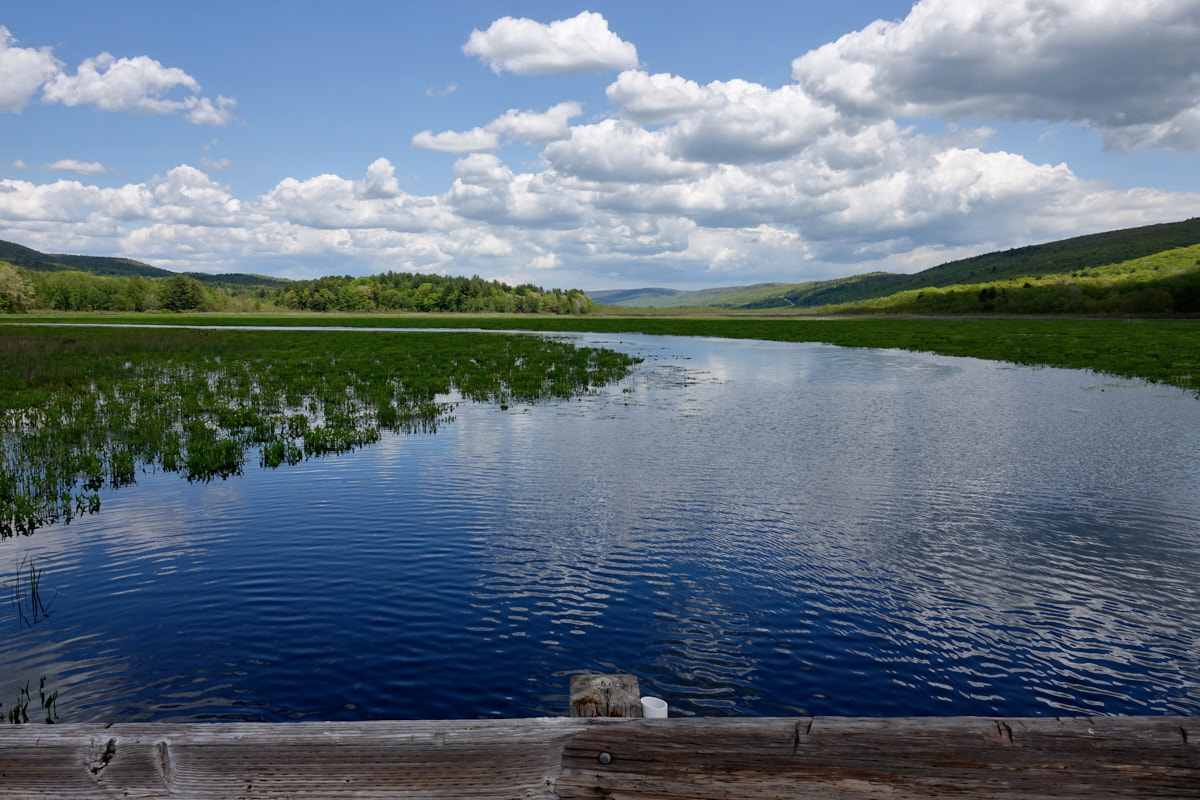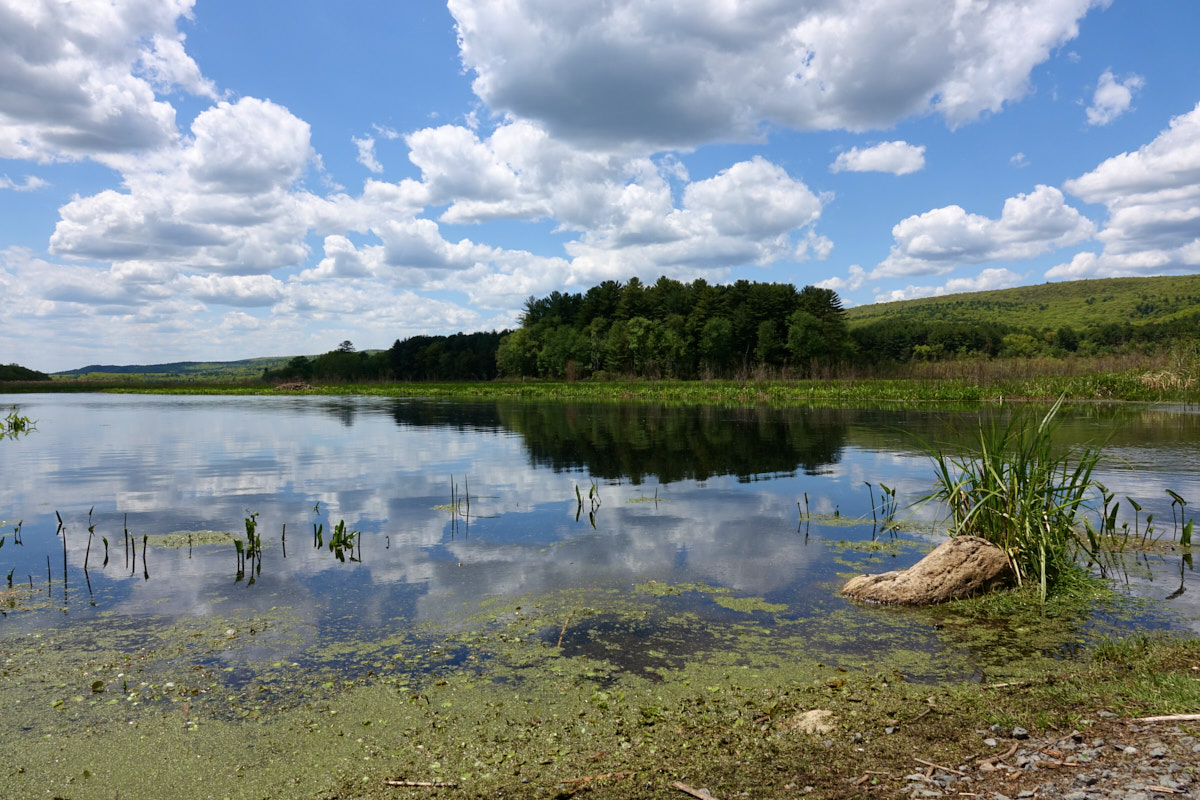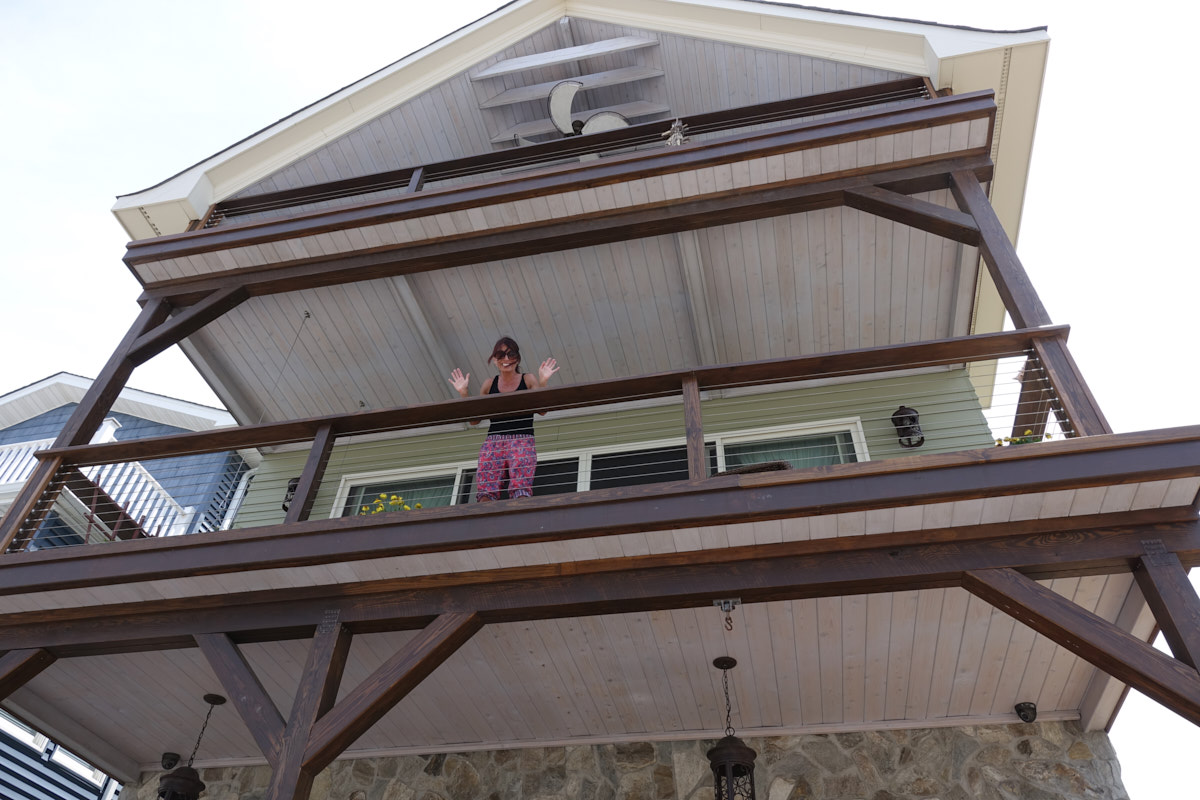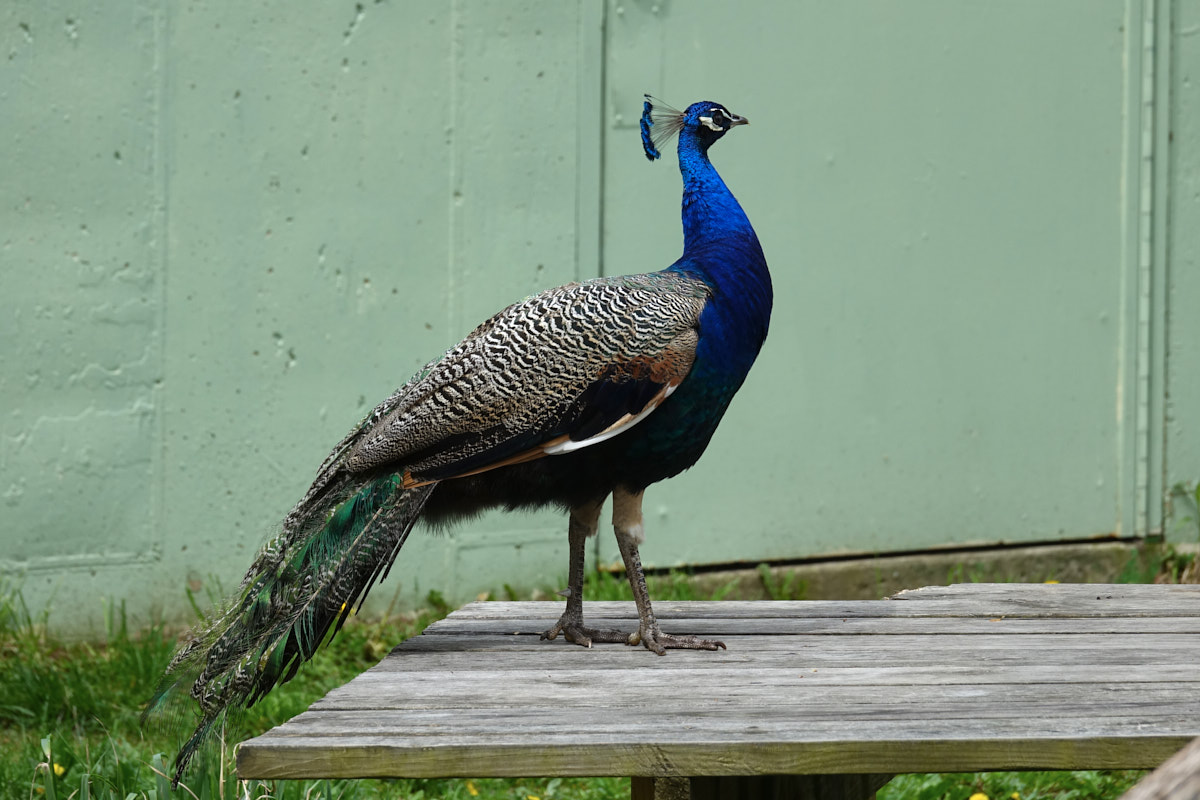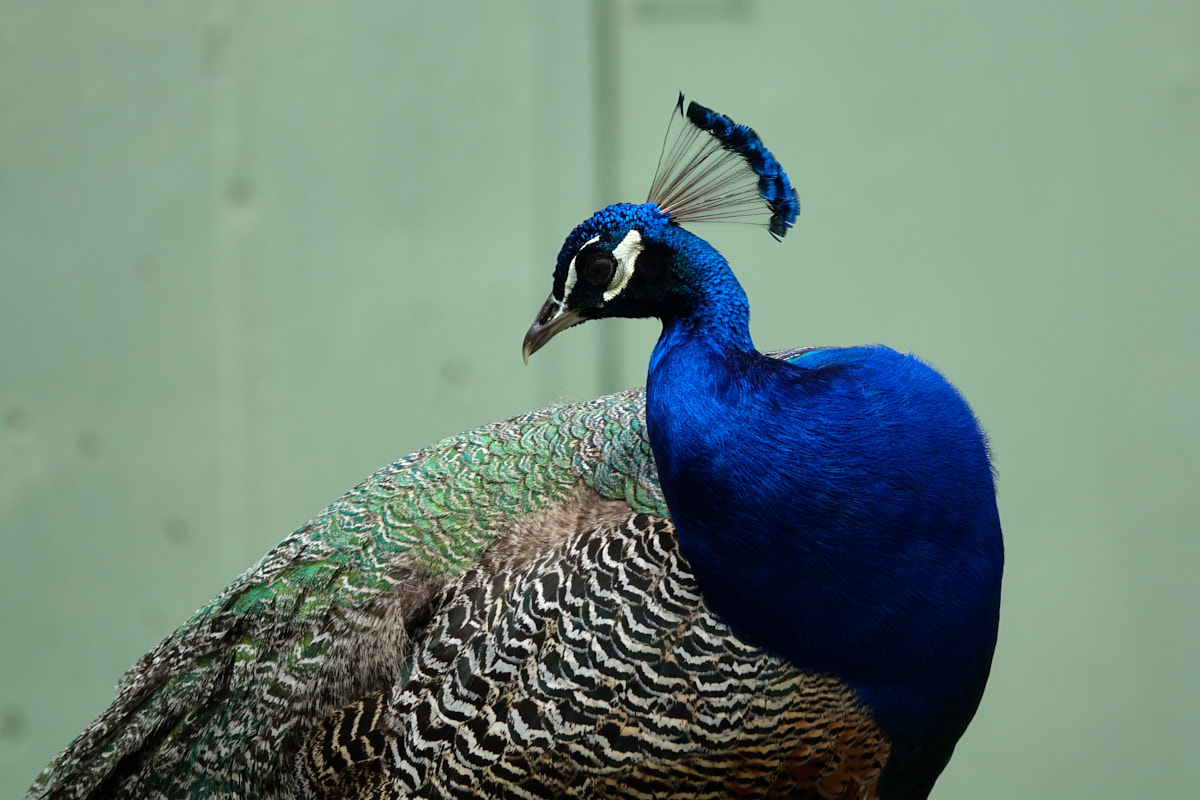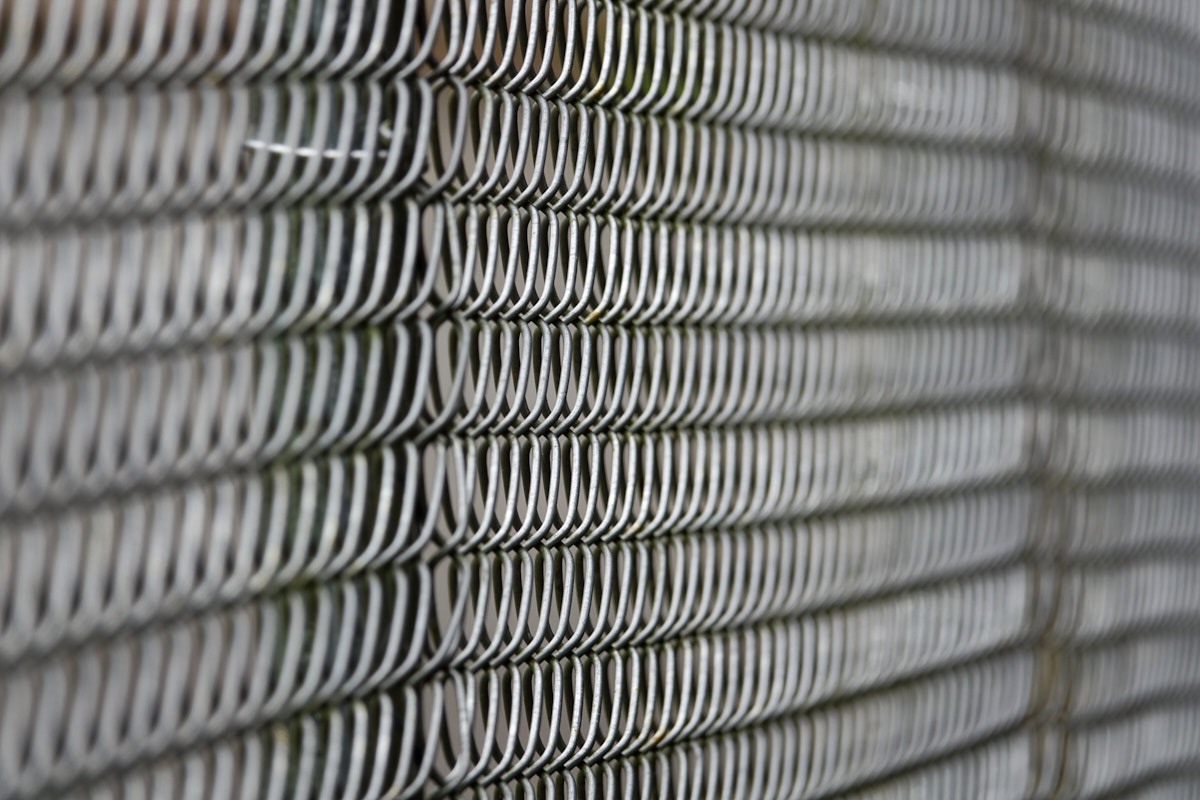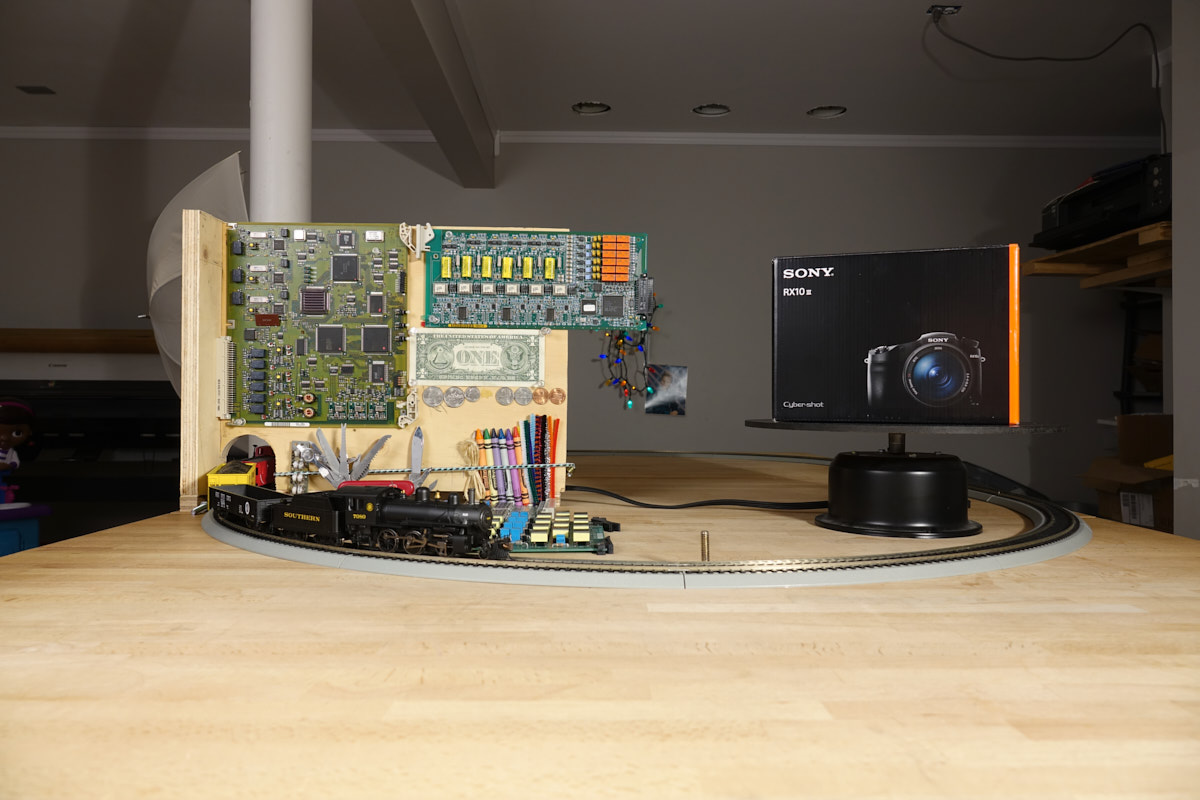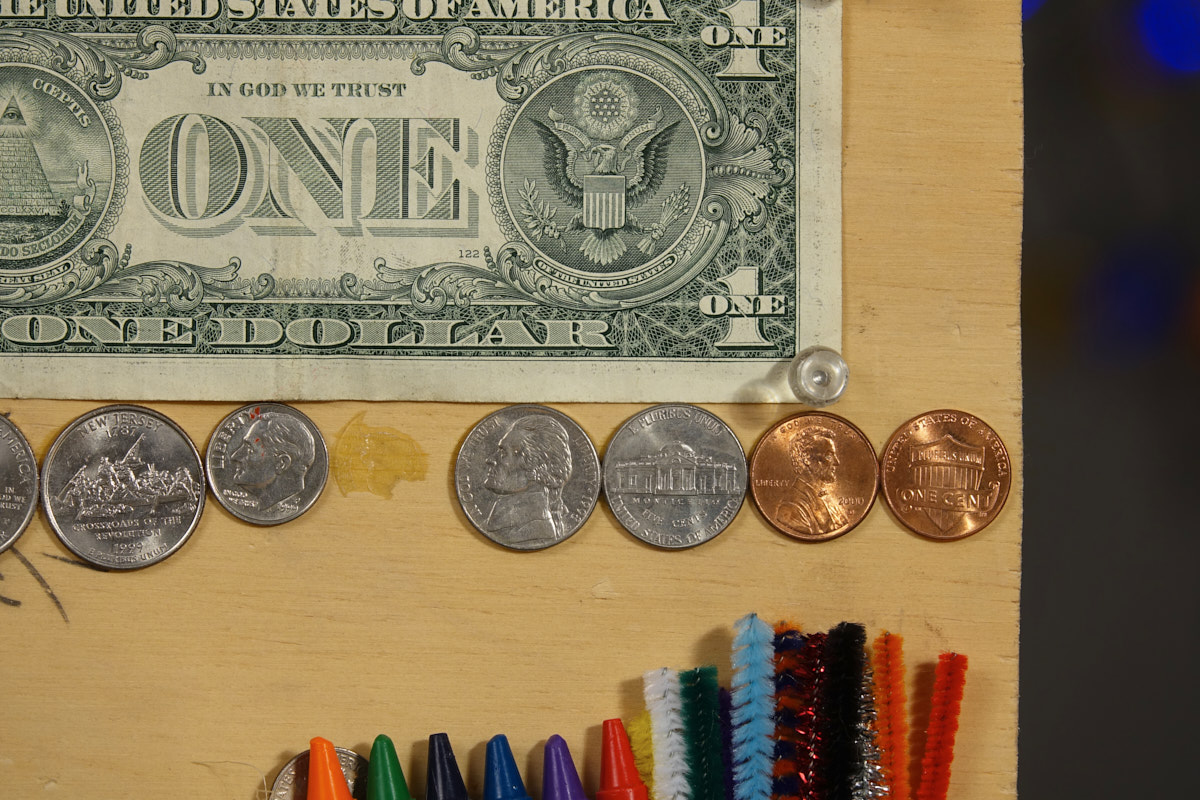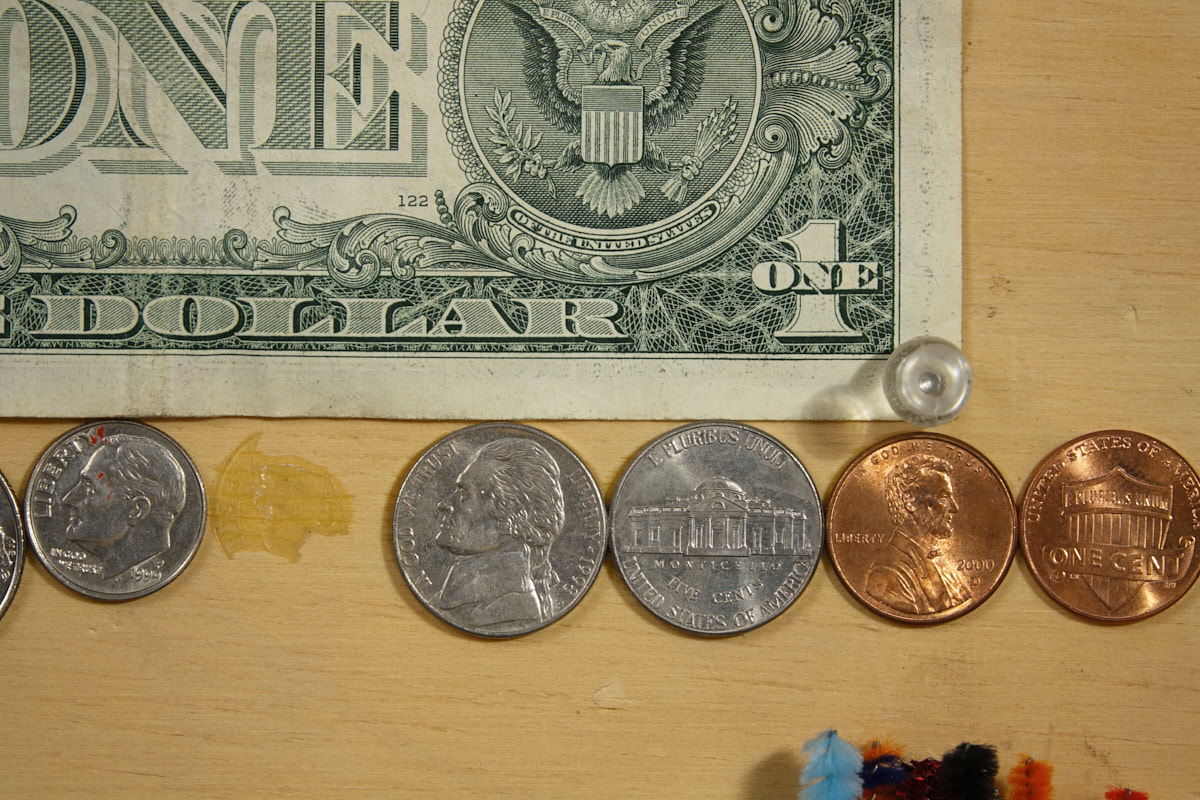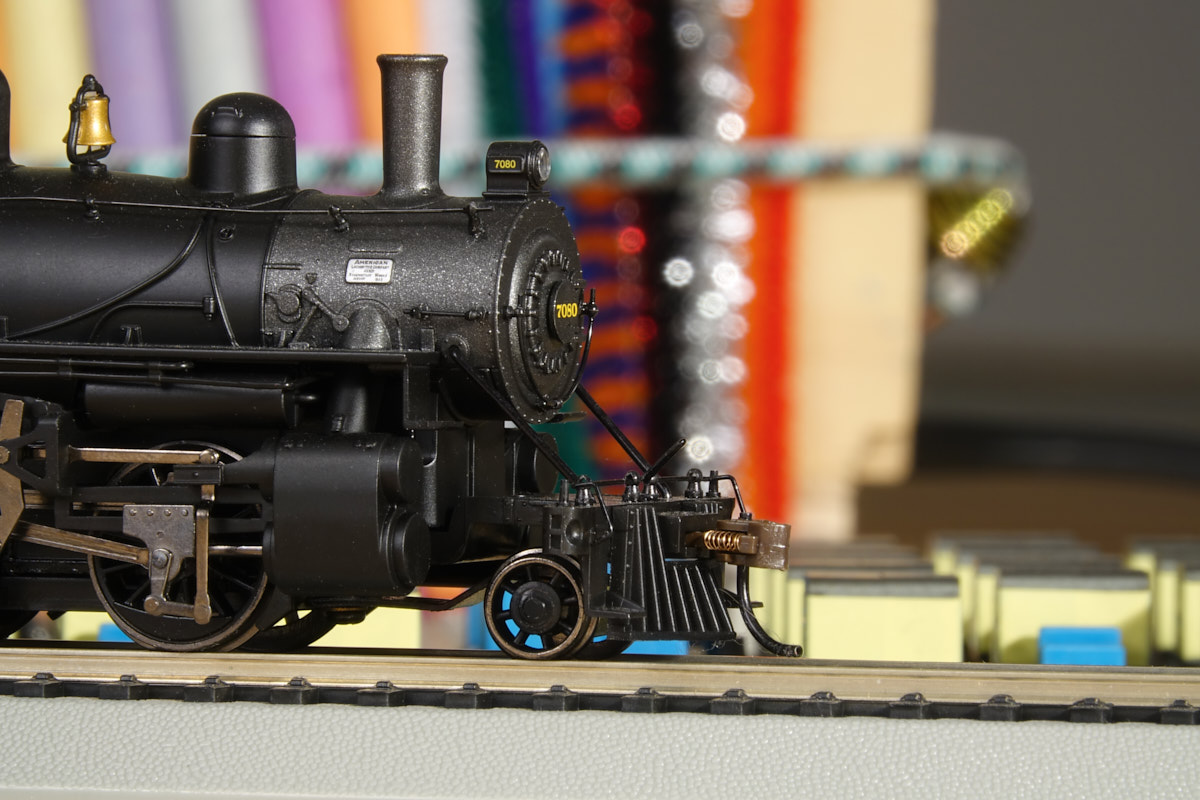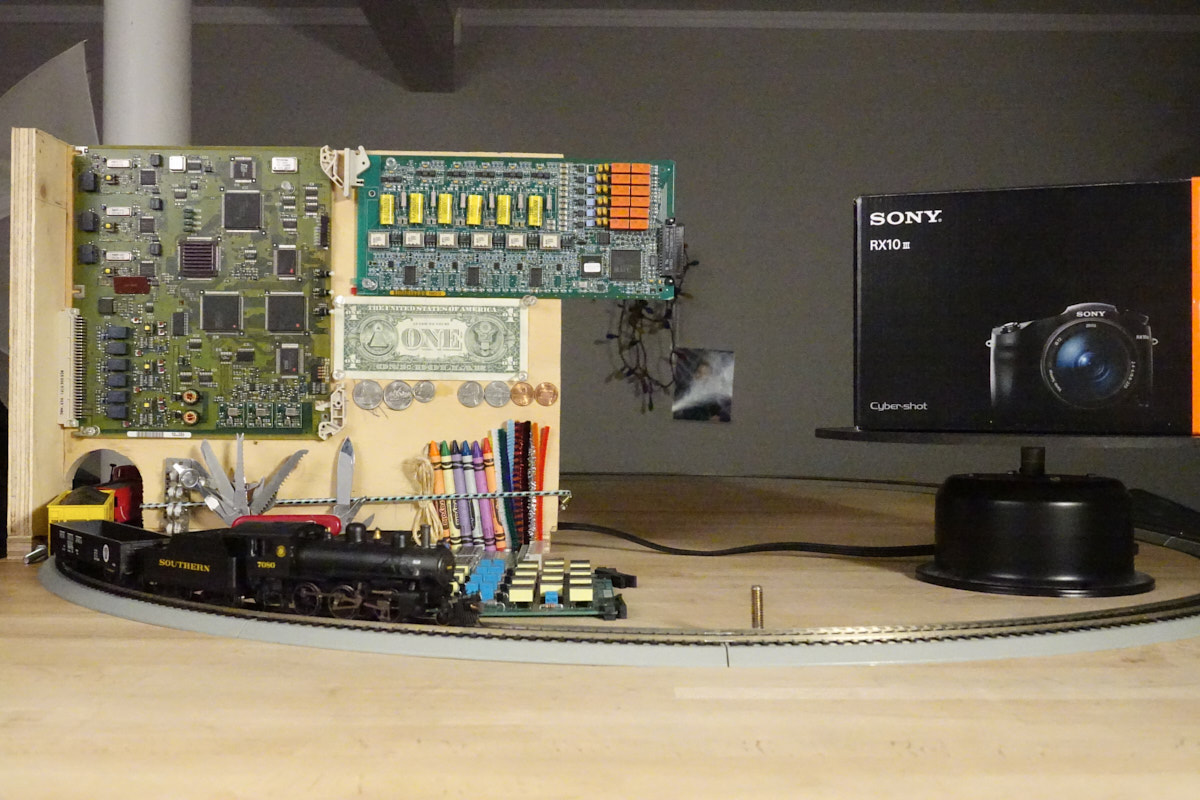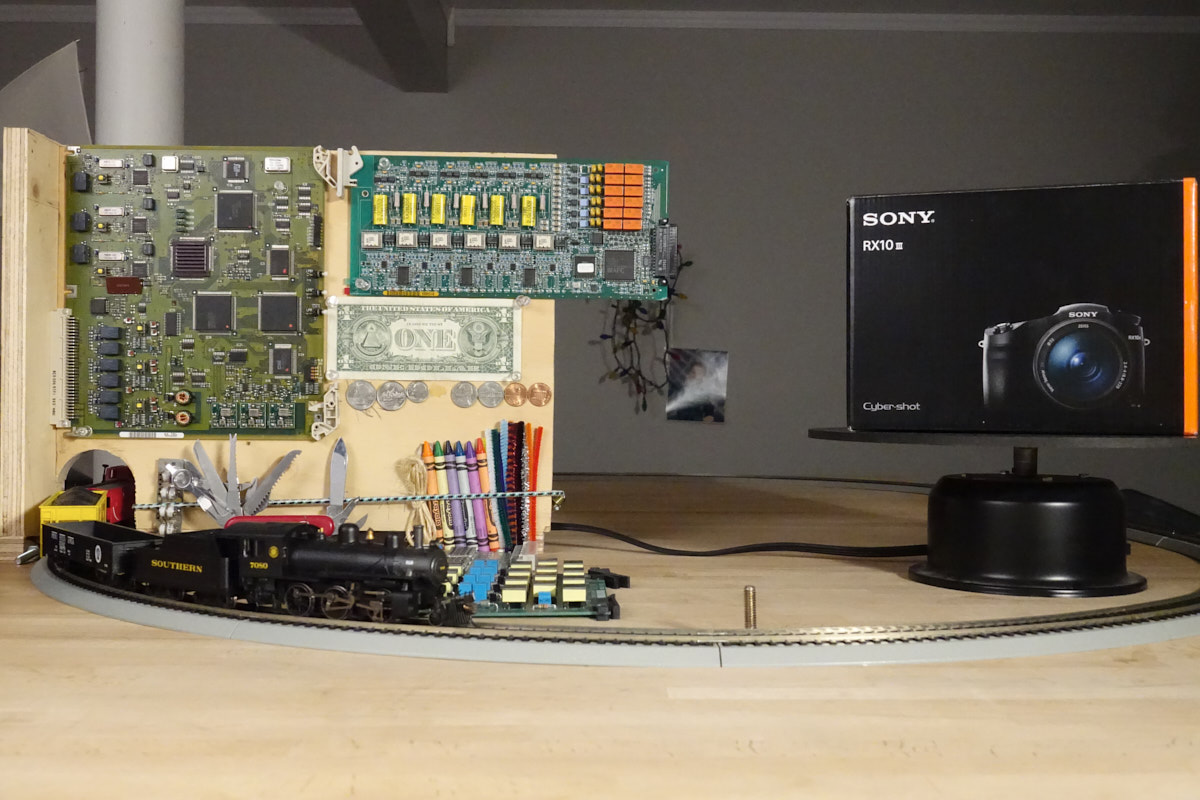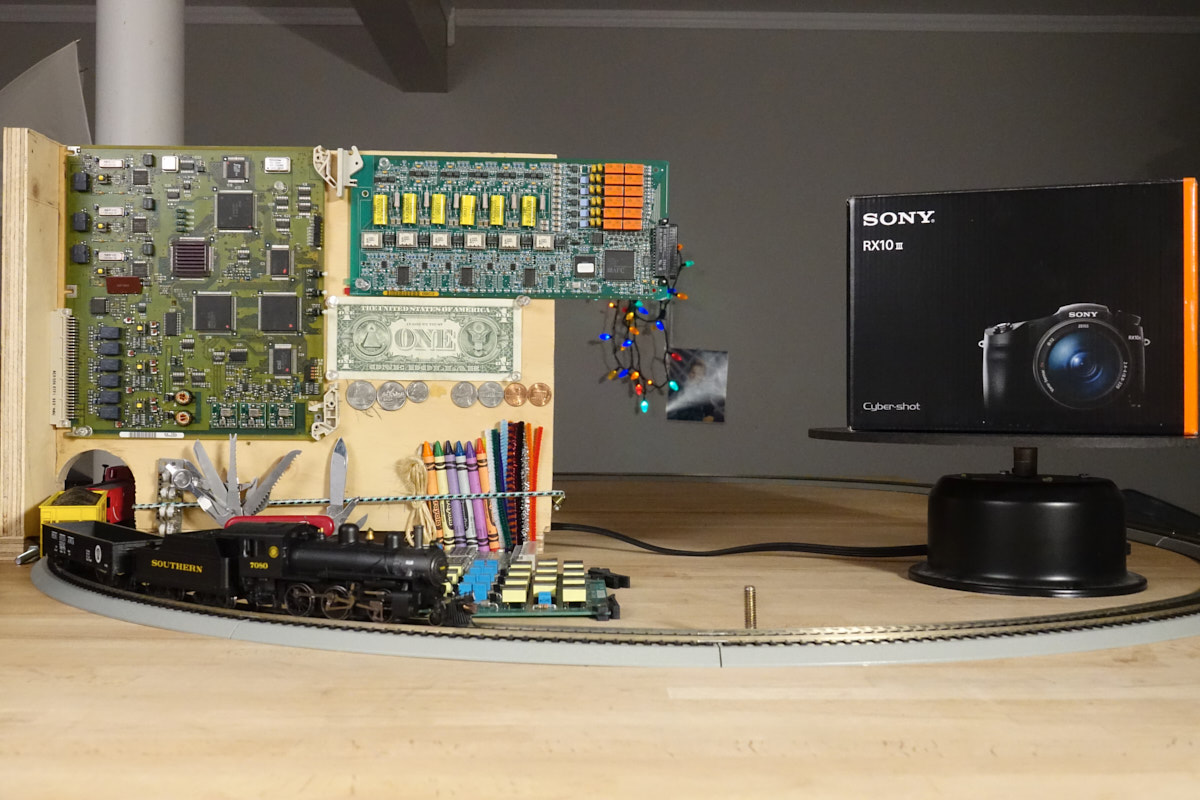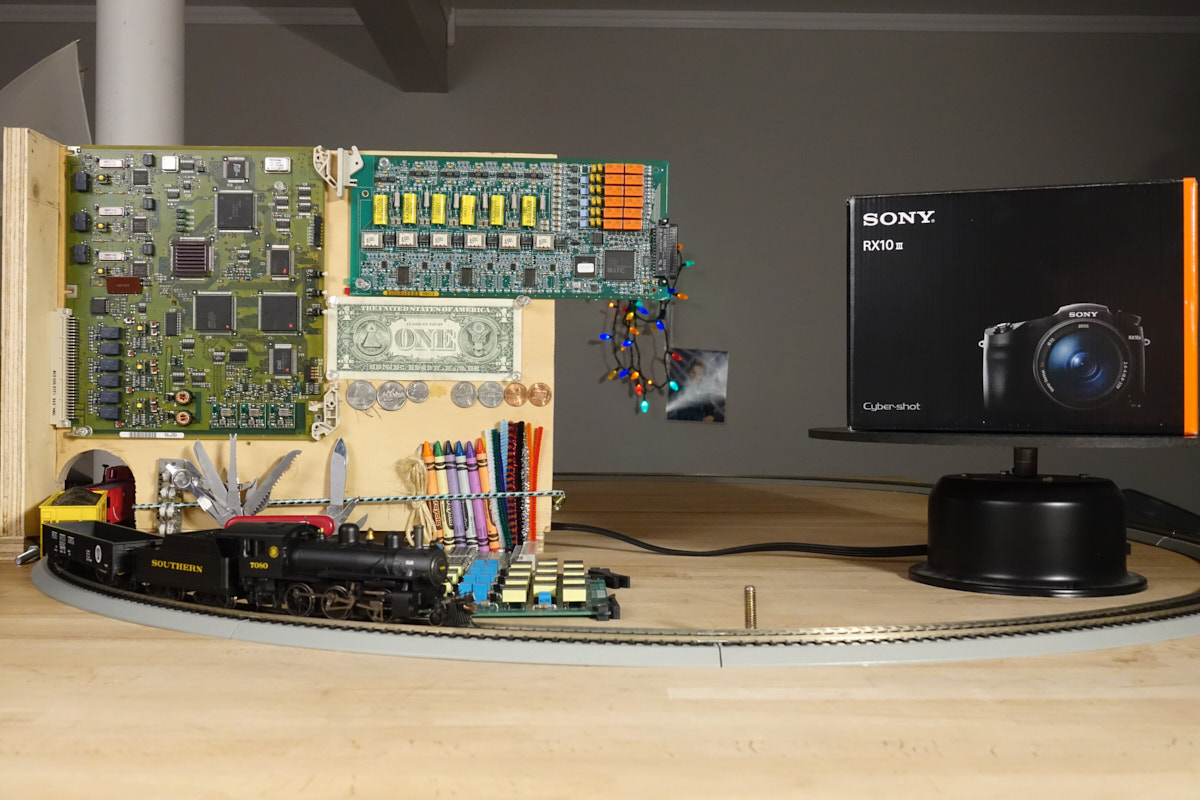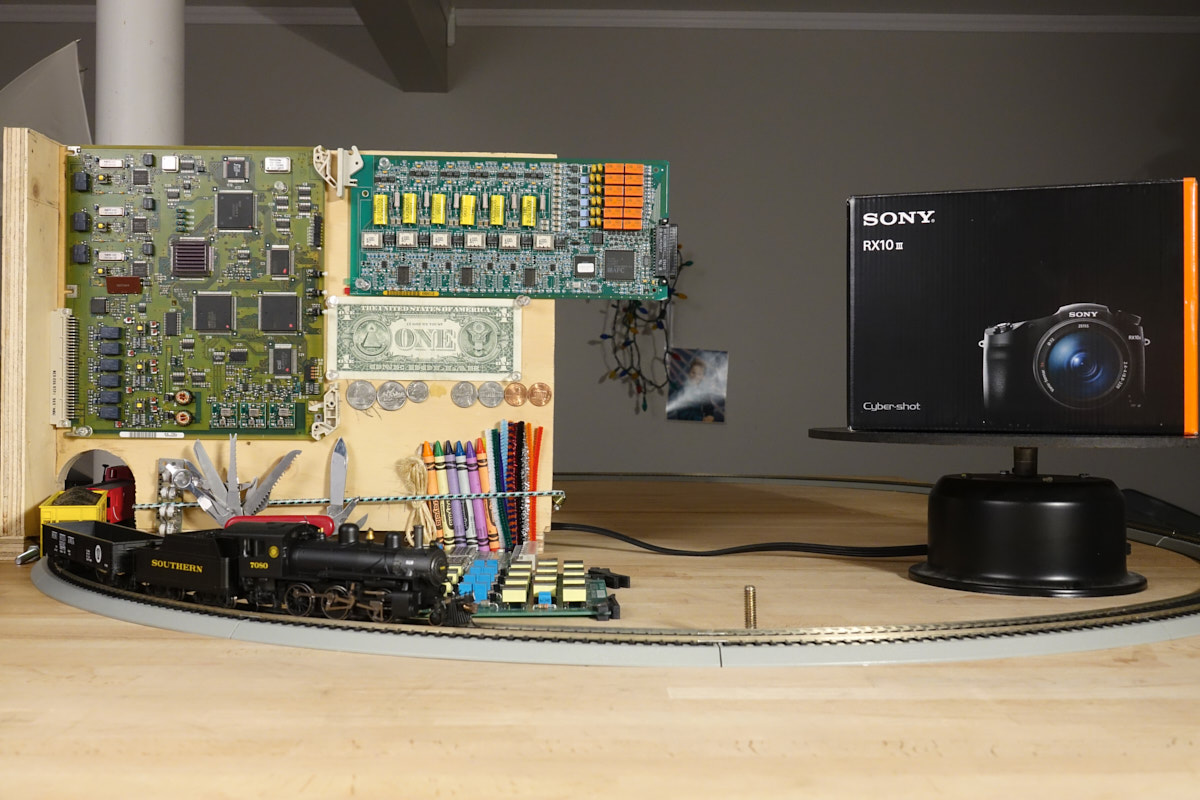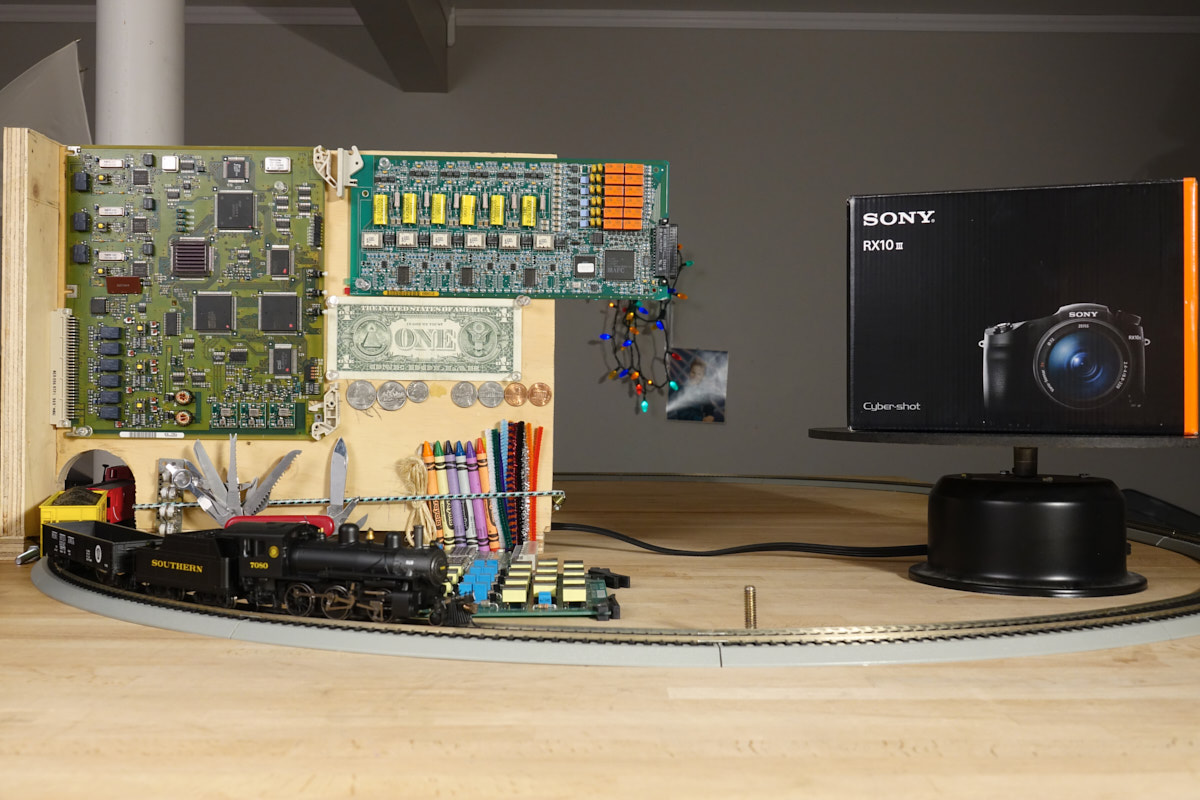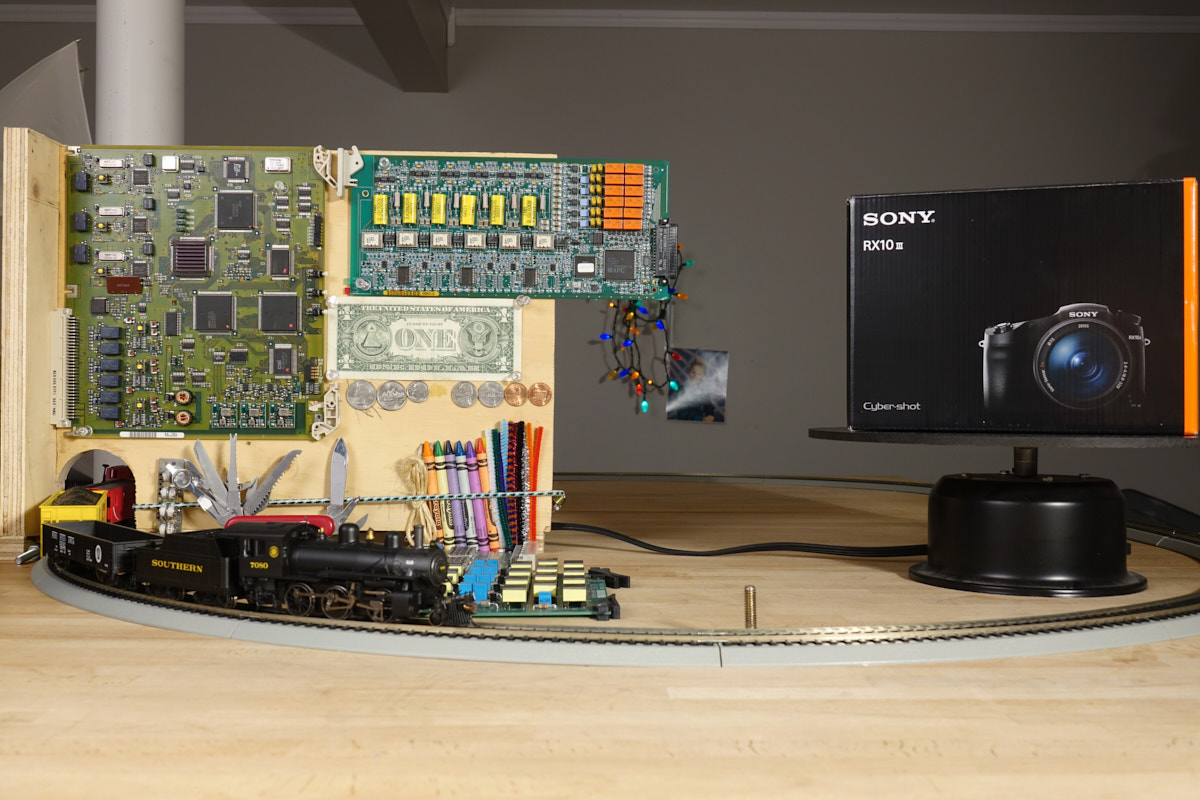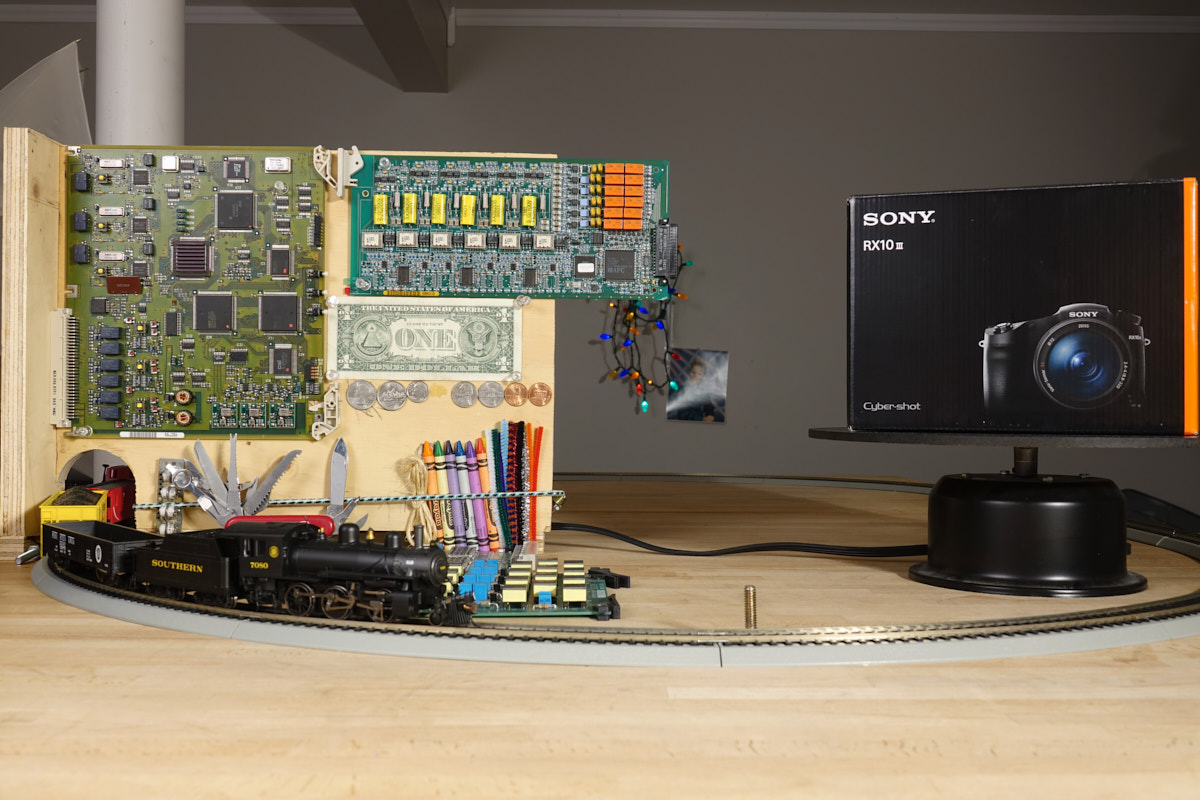In this Sony RX10 Mark III review I will cover all the details that you need to know, and much more!
Basically it’s a 1″ sensor all-in-one camera packing a killer Zeiss 24-600mm f/2.4-4 effective lens that holds up to the hype as you will see below in the sample photos and video 😉
The Build quality and design of the Sony RX10 III is exactly the same as the RX10 II, but it gained a significant amount of weight due to the massive increase in zoom range. The lens filter also jumped up to 72mm and the camera lost the built in ND filter which is a bit of a downer for sure.
With a 24-600mm effective zoom range, you really can use this camera for everything imaginable including family fun, sports, the zoo, you name it.
The 4k video quality is fantastic although the stabilization could be a little better at the telephoto end. The slow-motion footage is awesome at 120 frames per second and 240 frames per second, but the higher 480 and 960 frame rates do require really good light in order to look good, otherwise they can be pretty grainy, although nice to have for the higher frame rate super slow-motion footage.
The RX10 III has a mic jack and headphone jack, so you can record high quality audio right to the camera and monitor the sound at the same time. This is really powerful for those video users out there looking for an alternative to camcorders and other video camera solutions.
The Sony RX10 III also features a blazing fast 14fps rapid fire shooting mode, which is great for catching the action. The Autofocus is not the fastest at the telephoto end however, so high speed sports can be a bit of a struggle depending on the tracking you are trying to do.
Sony RX10 III Key Features:
- 20.1MP 1″ Exmor RS BSI CMOS Sensor
- BIONZ X Image Processor
- Zeiss Vario-Sonnar T* f/2.4-4 Zoom Lens
- 25x – EFL: 8.8-220mm = 24-600mm (35mm Equivalent) ~2.727X crop factor
- clear image zoom 2x ~1200mm effective
- Digital zoom 4x 2400mm effect
- Manual zoom and focus rings
- high quality manual aperture control w/ de-click option
- 2.36m-Dot OLED Tru-Finder EVF
- 3.0″ 1.228m-Dot Tilting Xtra Fine LCD w/ white magic technology
- Top side LCD for night time and easy viewing of critical info
- UHD 4K30 Video, Full HD 1080p at 960 fps, 480fps, 240fps
- 4:2:0 color sampling when recording internally, or 4:2:2 sampling externally
- Slog-2 Gamma Curve
- Built-In Wi-Fi with NFC
- 72mm filter thread
- ISO 12800 and up to 14 fps Continuous Shooting
- 1/2000sec mechanical shutter and 1/32000 sec electronic shutter
- Optical SteadyShot Image Stabilization up to 4.5 stops
- minimum focus distance = 1.2″ @ 24mm 2.36’ @ 600mm w/ .42x max magnification for macro like close up photography
- 1/8″ Headphone, 1/8″ Microphone, HDMI D (Micro), Micro-USB (USB 2.0)
- magnesium-alloy body design which is moisture resistant and quite rugged
- 2.41 lb / 1095 g with battery and memory card – Pretty Heavy!
- Battery = NP-FW50 ~420 shots per charge if using LCD screen, ~370 if using EVF
- Price = $1498 US
Sony RX10 Mark III – Camera Body
The design and build quality are really good in my opinion and the camera feels really solid in the hands. The grip is really deep and makes it easy to hold the camera with one hand at your side for example. While shooting, two hands are required though in most cases due to the weight, and to insure a sharp shot @ 600mm. The optical steadyshot works well and pretty much everything I shot was sharp in this regard, even in super low light and slower shutter speeds. I do tend to anchor myself by using a railing or something to lean on when available, which helps in getting sharp shots pretty much every time.
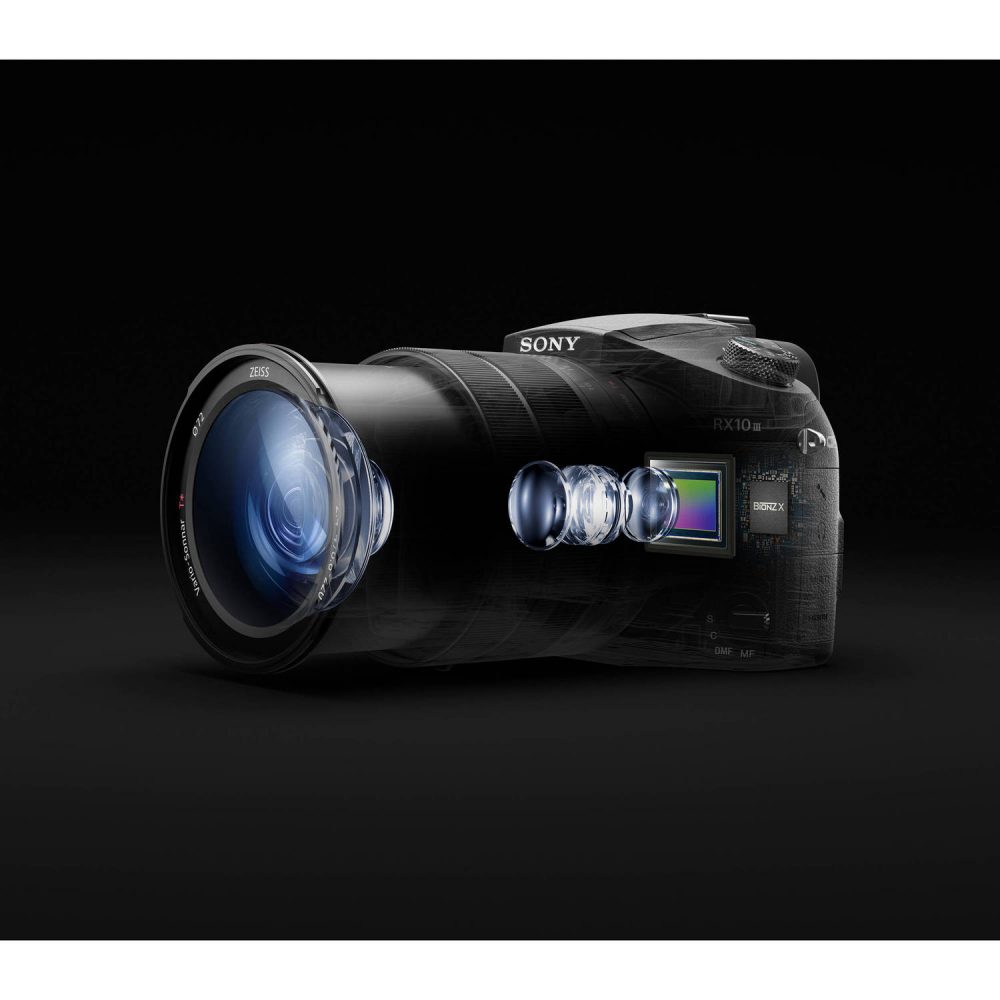
The RX10 Mark II vs RX10 Mark III
The Sony RX10 Mark III is not a replacement for the Mark II in my opinion. They are different in a few ways that are critical for video in particular. First, for video, the constant f/2.8 aperture of the RX10 Mark II is much more desirable than the variable f/2.4-4 aperture of the RX10 III. Also, the RX10 II has a built in 3-stop variable ND filter which is extremely helpful when recording video in bright conditions. So, the RX10 III is better suited for folks who need that killer 600mm reach in particular. Wildlife shooting, field sports, and things like that where reach is critical and 200mm is not enough for you . If 200mm effective zoom is enough, then the RX10 II would be a better option for the built in ND filter and constant f/2.8 aperture 24-200mm zoom lens in my opinion. Low light performance is the same from an ISO perspective, because the sensors are identical, but the slower f/4 aperture on the RX10 III in the 100-600mm range, makes the RX10 II a better option for the 100-200mm range specifically. Optical quality is awesome on both lenses throughout the entire range…
For reference, my Sony RX10 Mark II Review is Here >>
RX10 Mark II |
RX10 Mark III | |
| Price | $1198 US | $1498 US |
| Sensor | 1″ Exmor RS | 1″ Exmor RS |
| Optics | 24-200mm @ constant f/2.8 | 24-600mm @ Variable f/2.4-4 |
| zoom x | 8.3x | 25x |
| ND Filter | Yes – Built-in | No |
| FPS | 14fps | 14fps |
| Slow-Mo | yes | yes |
| 4k Video | yes | yes |
| s-log 2 | yes | yes |
| Filter Thread | 62mm | 72mm |
| Weight | 1.79 lb / 813 g | 2.41 lb / 1095 g |
Sony RX1o III Review – Video Version
Be sure to select the 1080 HD quality and then go full screen for the best viewing experience.
Sony RX1o III – 4k Sample Video
Be sure to select the 4k quality and then go full screen for the best viewing experience.
Sony RX10 III vs RX100 IV – Hands-On and Lens Range Comparison
Sony RX10 III – Real World Sample Photos
Please click on the images for the larger much more detailed versions with with the exif data. All theses sample photos were taken in Jpeg mode using Auto ISO and Auto WB.
Please note: EFL: 8.8-220mm = 24-600mm
Binghamton Zoo
I had a really good time at the zoo with the Sony RX10 Mark III, and the 600mm reach really made for some killer photos I would have never been able to get otherwise. I was shooting thru fences a lot of the time as well, so please keep that in mind when you see some blurry weirdness in some of the frames… The weight of the camera was not a burden at all for me holding most of the day either, just to let you know. I used the neck camera strap to hold the camera when I needed my hands, and usually kept one hand on the camera so it would not swing around on my neck.
Please click on the images for the larger much more detailed versions with Exif Data.
Please note: EFL: 8.8-220mm = 24-600mm = 2.727X crop factor
Lab Testing Sample Photos
Testing int he lab will give you a good baseline as to how the camera performs in a controlled environment and compared to other cameras/ lenses I have reviewed. Click on Photos for large ~1200px versions
Zoom Range Test
Aperture Run
ISO Testing
The Sony RX10 Mark III has the same Exmor RS sensor found in the RX10 Mark II, therefore the high ISO performance is identical as far as I can tell.
Conclusions
The bottom line for the Sony RX10 Mark III is I loved the camera. I know, shocker…. It really is an amazing all-in-one solution and the incredible 600mm equivalent reach is to die for when it comes to things like going to the zoo, wildlife, field sports, etc… Sony did take out the built-in ND filter though for some reason and that is my biggest gripe with the camera. Basically that means you will need a ND filter (72mm), in order to shoot video in very bright conditions while maintaining the shutter speed you want to use. For example, I usually record at 1/50sec, because tend to use the 24p video frame rate most of the time. The variable aperture lens is not ideal, but it’s 8.8-220mm, so that is completely understandable and very reasonable considering the range in my opinion.
The 1″ sensor is the same as the RX10 II, so don’t expect any better high ISO performance. Basically your looking at the lens reach and if 200mm is not enough for your needs, then consider the RX10 Mark III. Otherwise I would recommend the RX10 II for the faster f/2.8 constant aperture all the way to 200mm and built in ND filter for video users in particular.
I really hope you got what you were looking for in this review and please feel free to ask questions below as always! I love reading your comments, so please don’t hesitate to say hi, offer feedback, make suggestions, etc… I’m always looking to improve my reviews, so your feedback is critical in this regard 🙂
Thanks again for checking out my review, and please consider using the links below if you would like support the cause…
- Sony RX10 Mark III @ BHPhoto >>
- Sony RX10 Mark II @ BHPhoto >>
- RX10 Battery = NP-FW50 @ BHPhoto >>
- Recommended Memory Cards >>
- Hoya 72mm Neutral Density (ND) 0.6 Pro 1 Digital Multi-Coated Glass Filter @ BHPhoto >>
- Hoya 72mm UV Haze NXT HMC Filter @ BHPhoto >>
- Sony RM-VPR1 Remote @ BHPhoto >>

